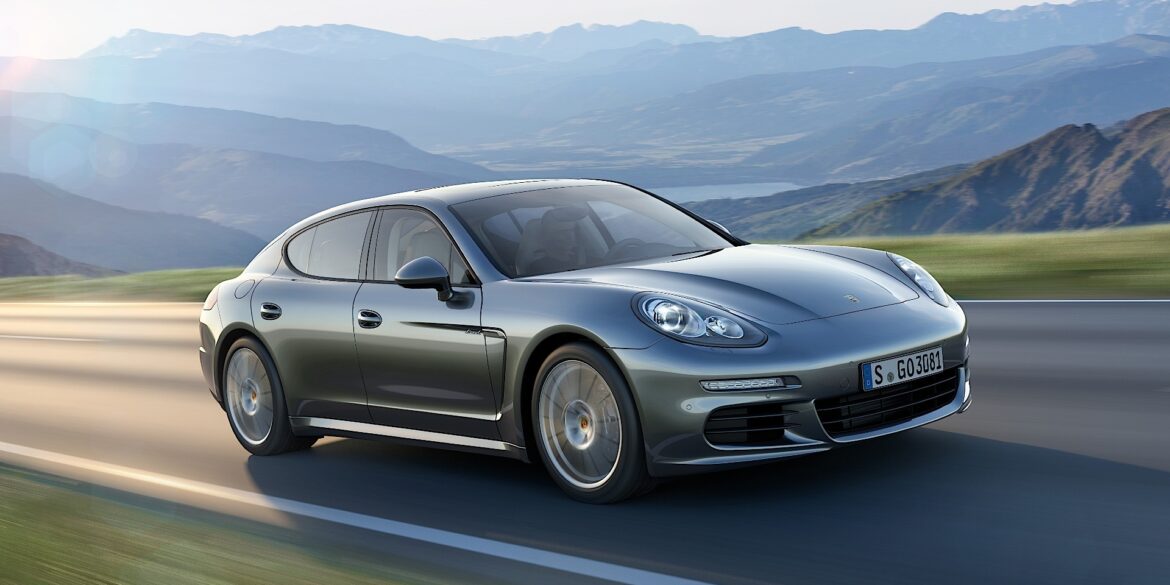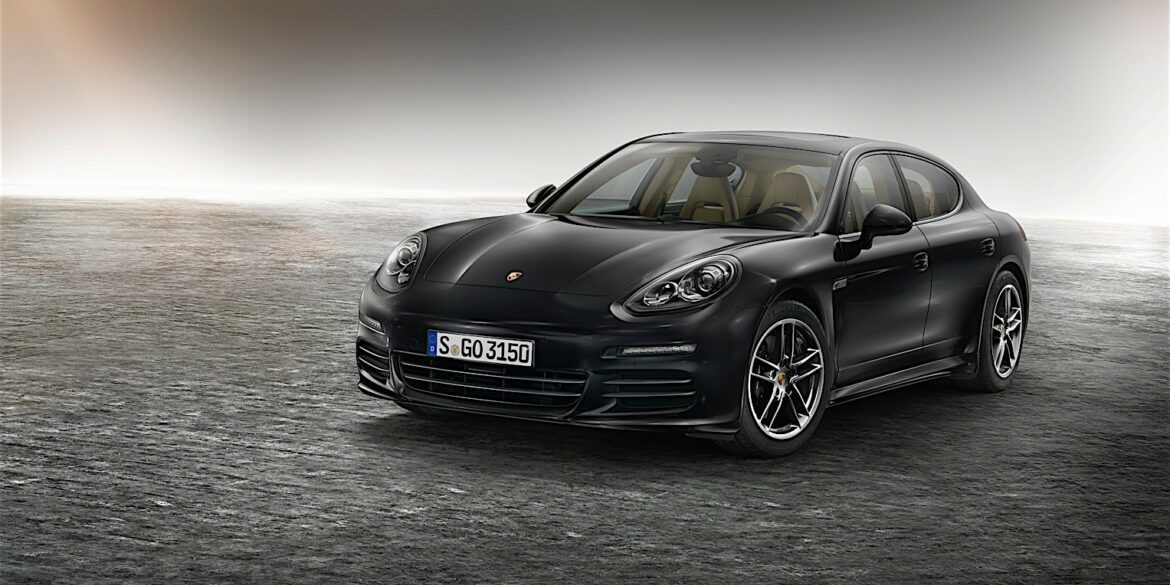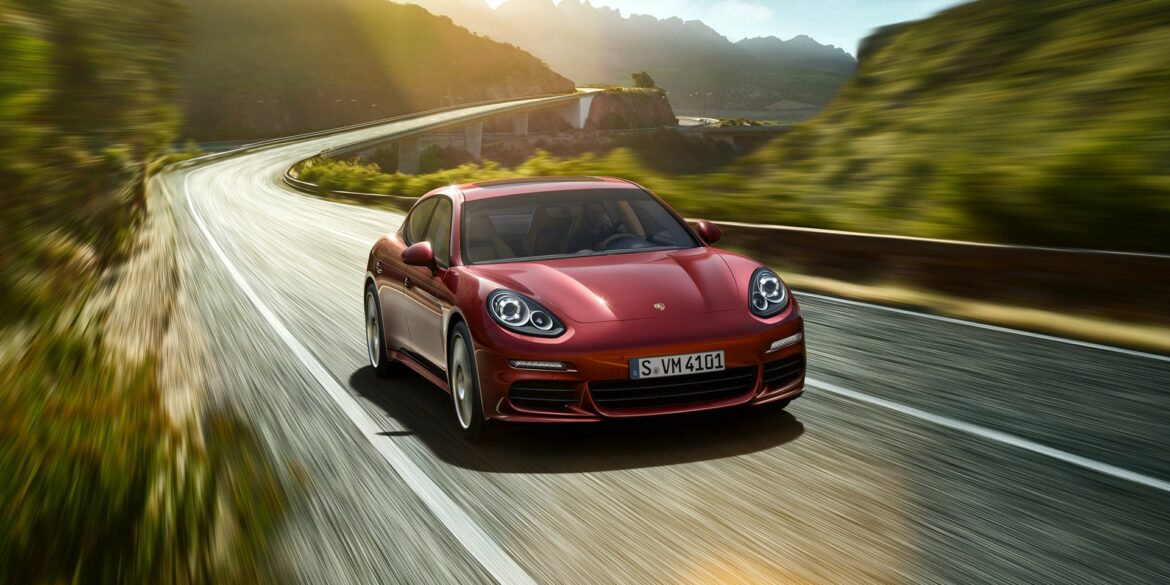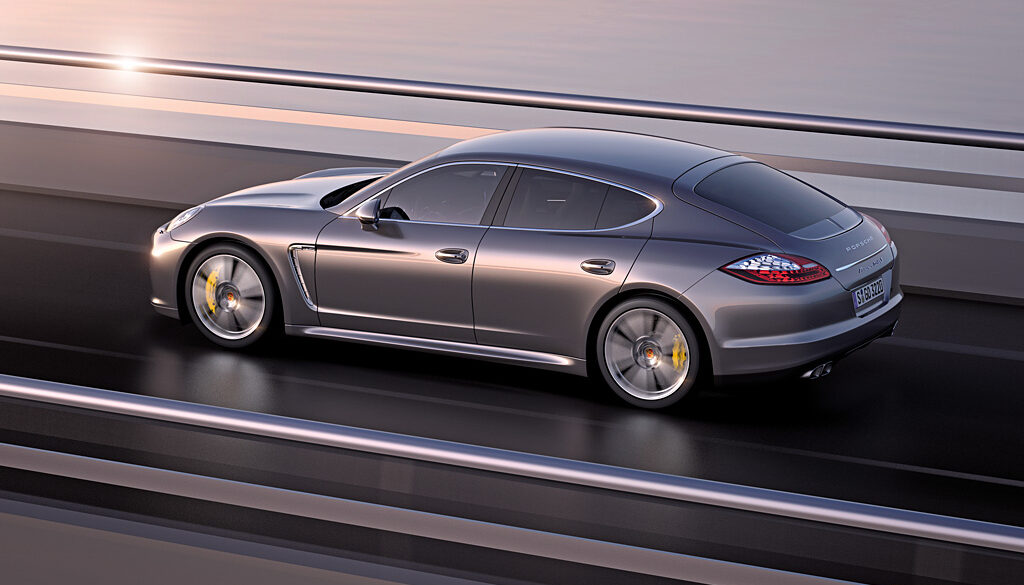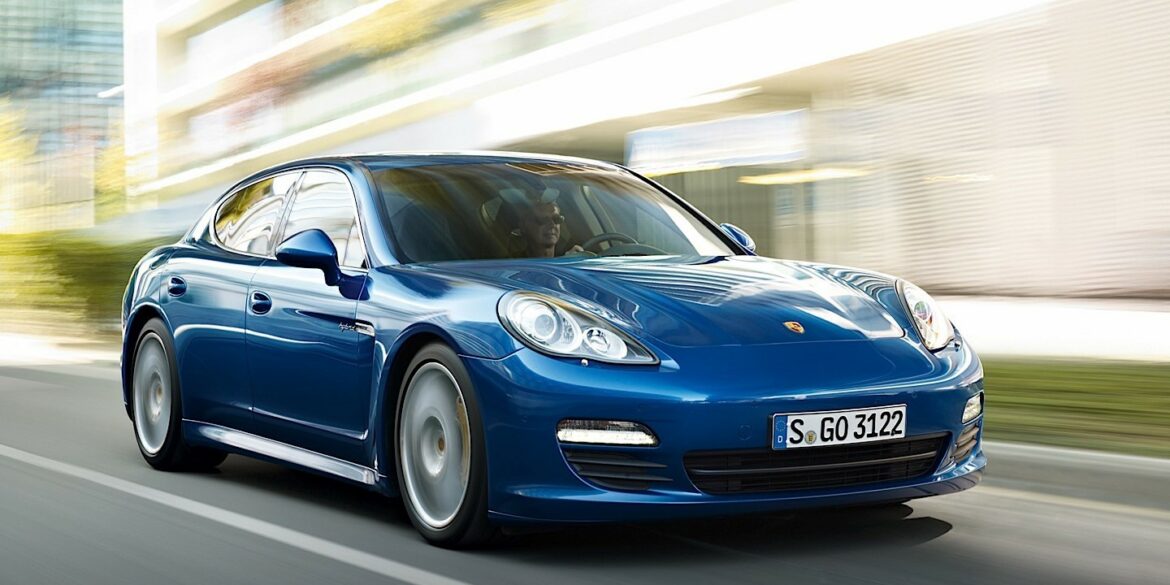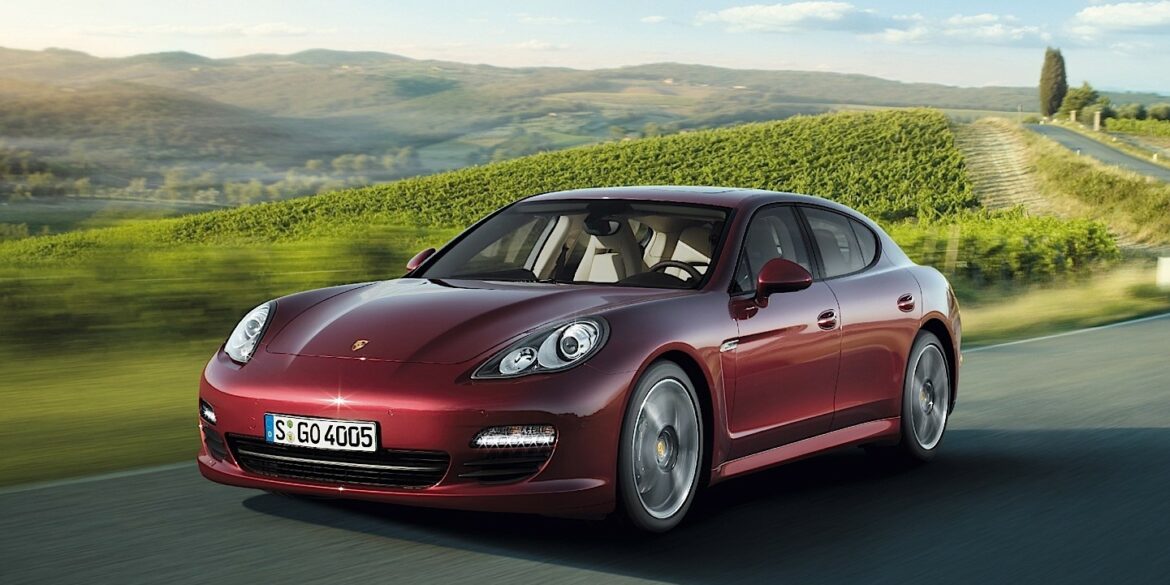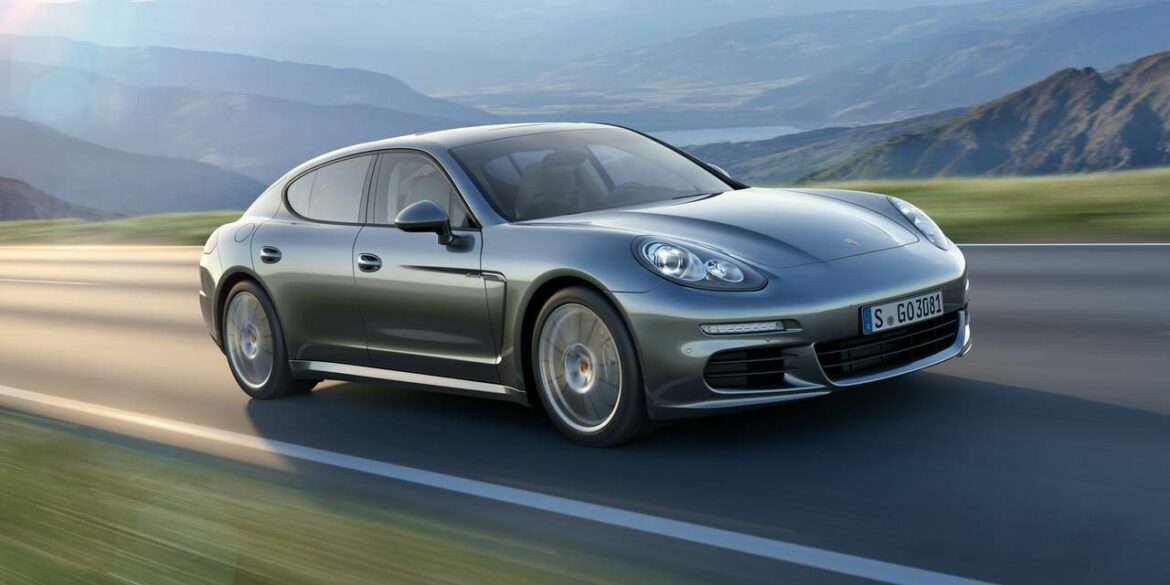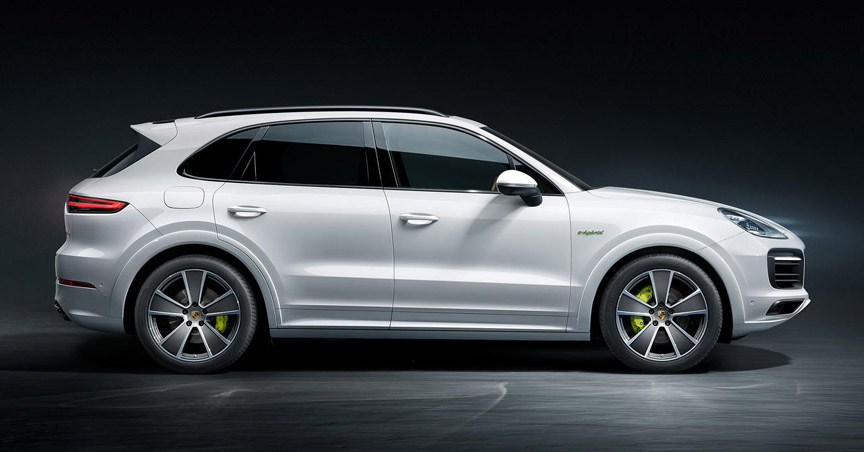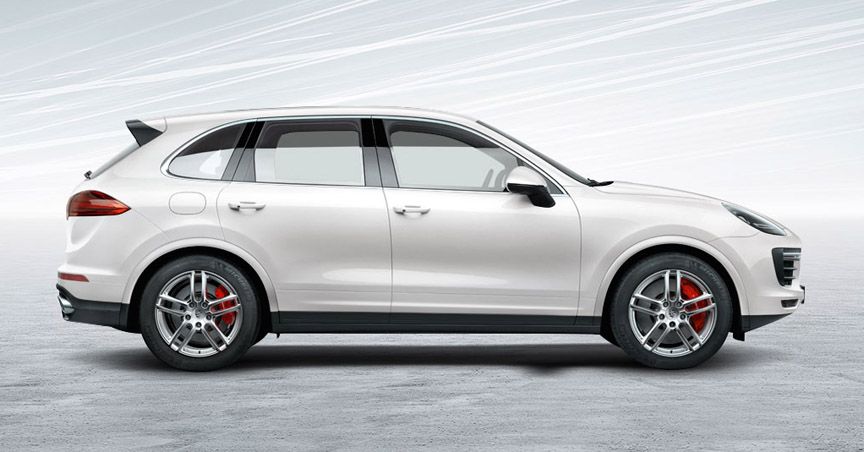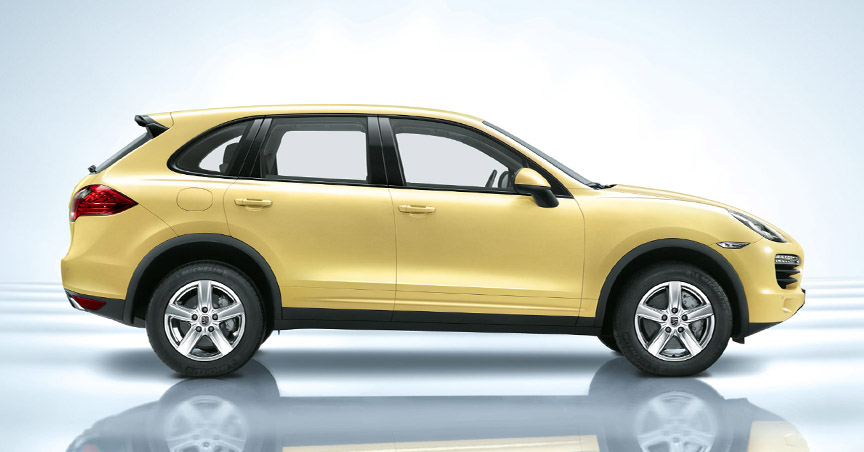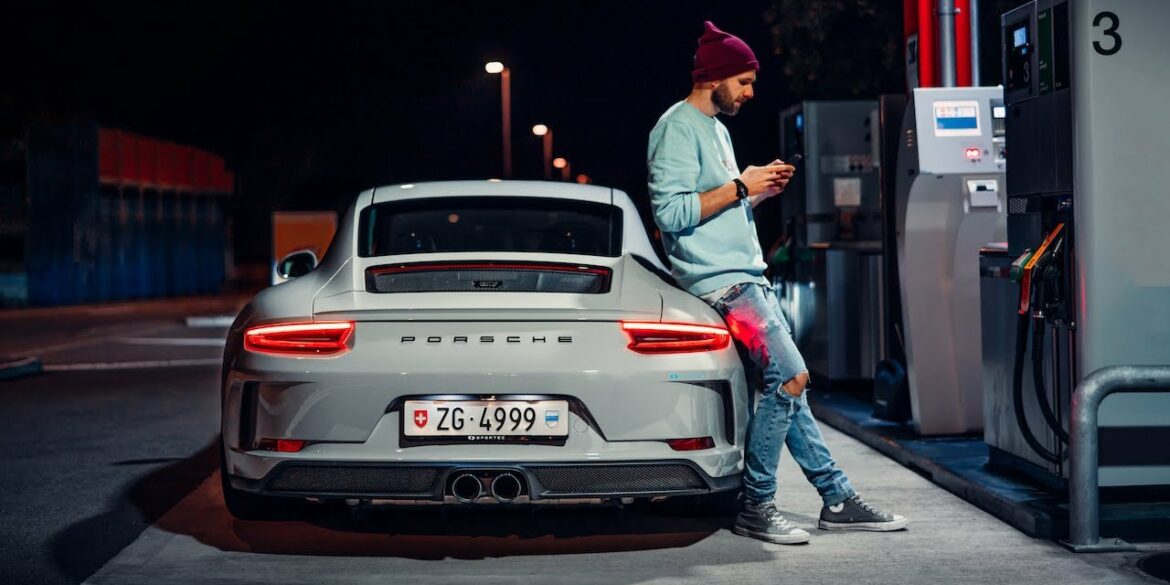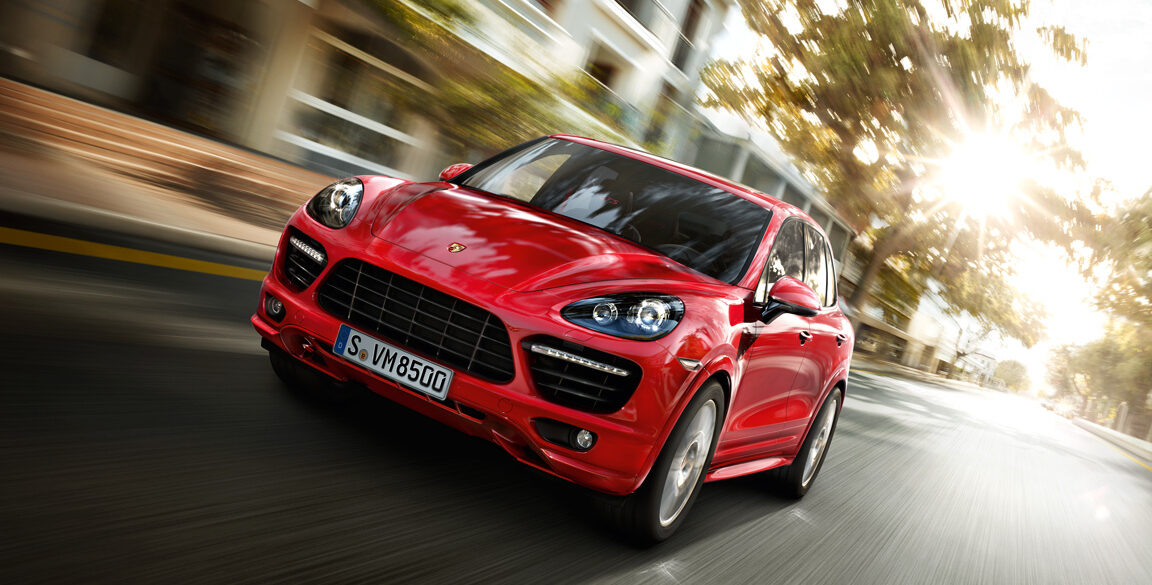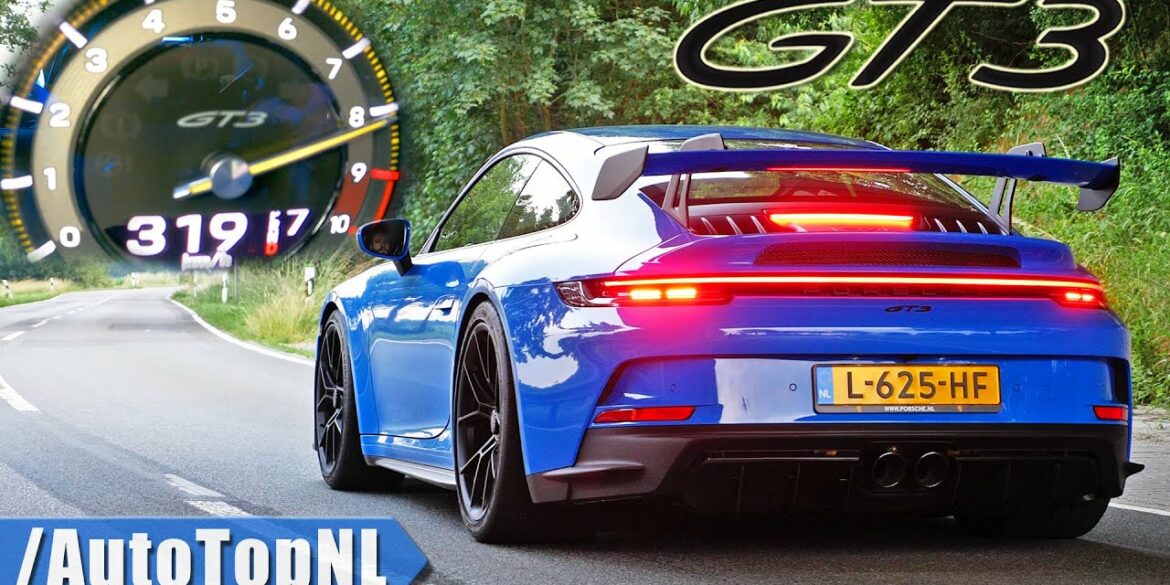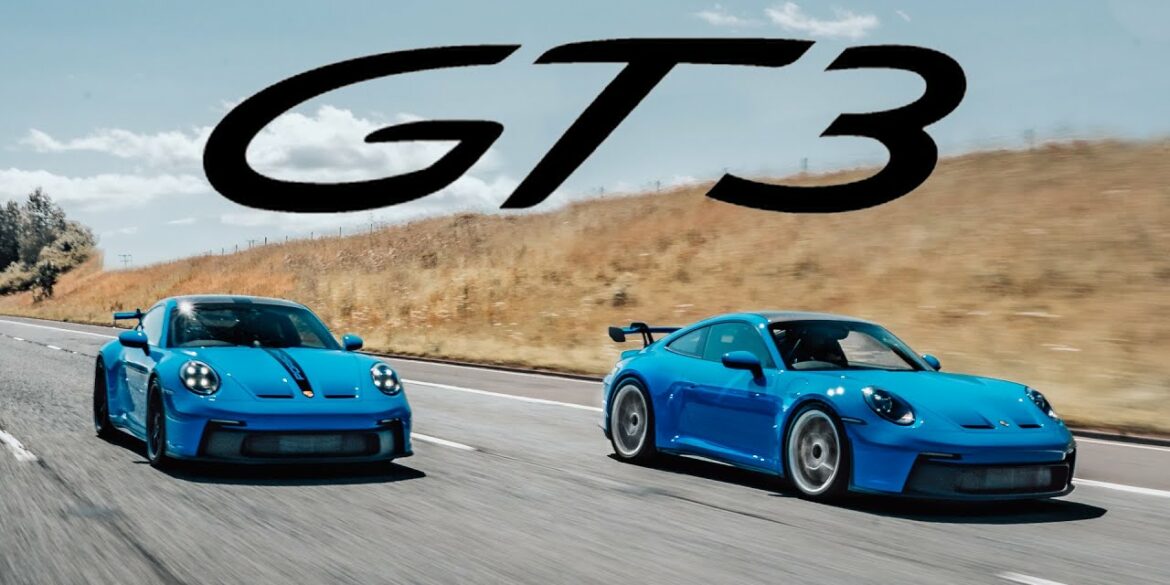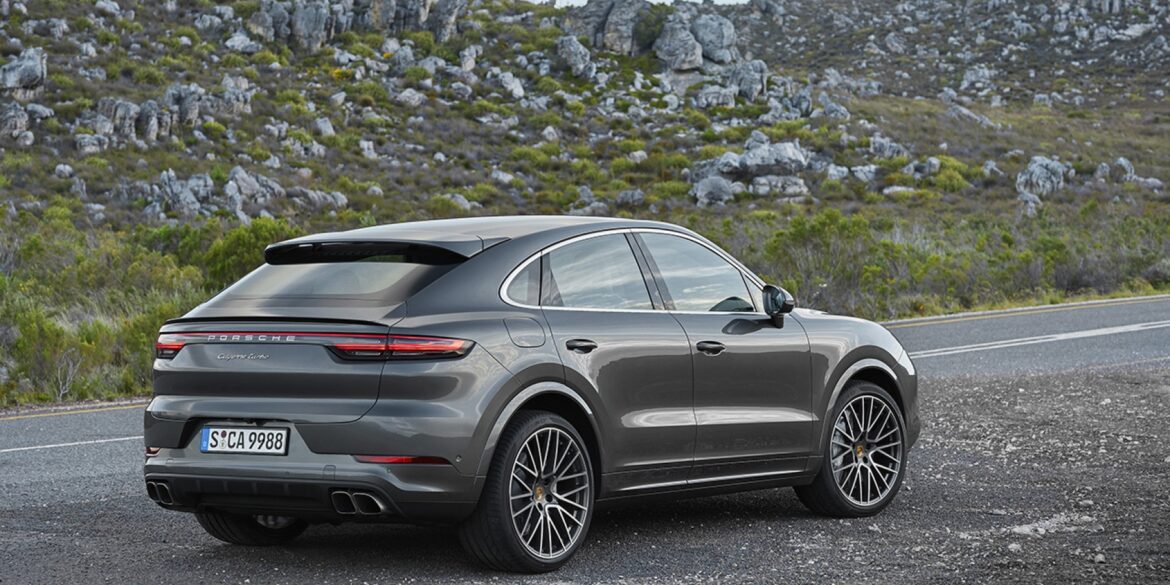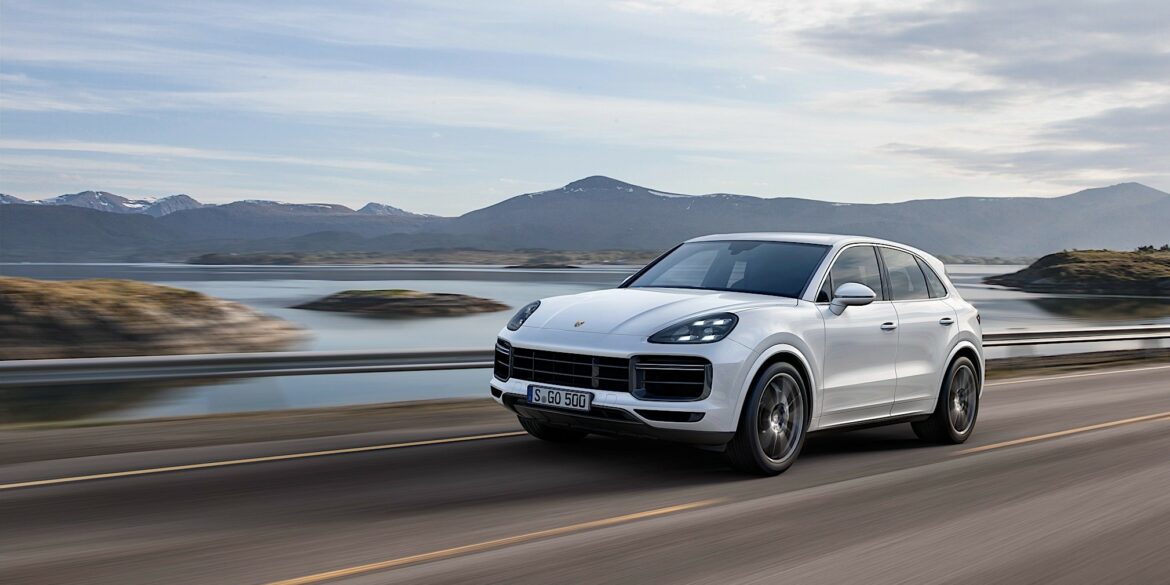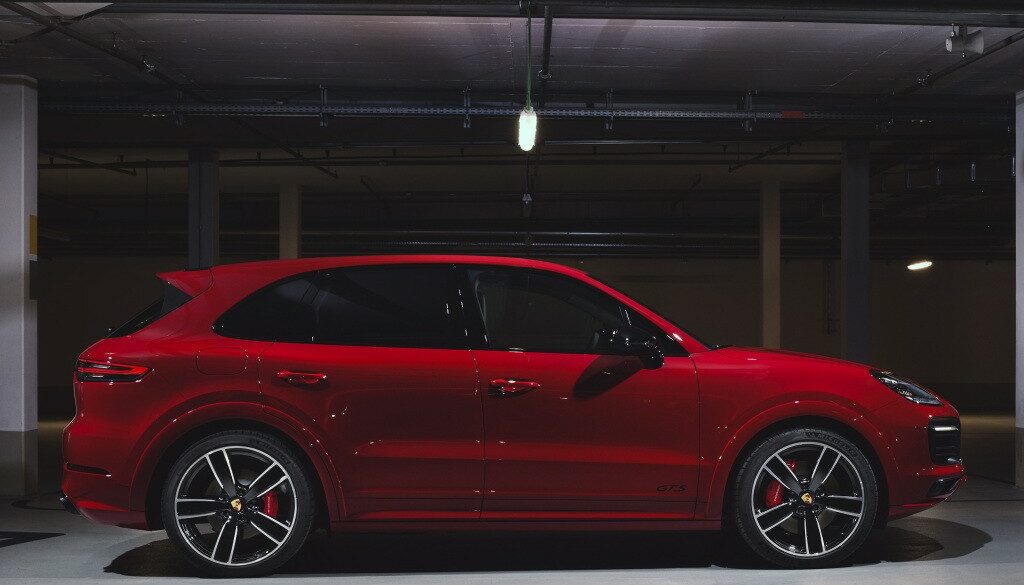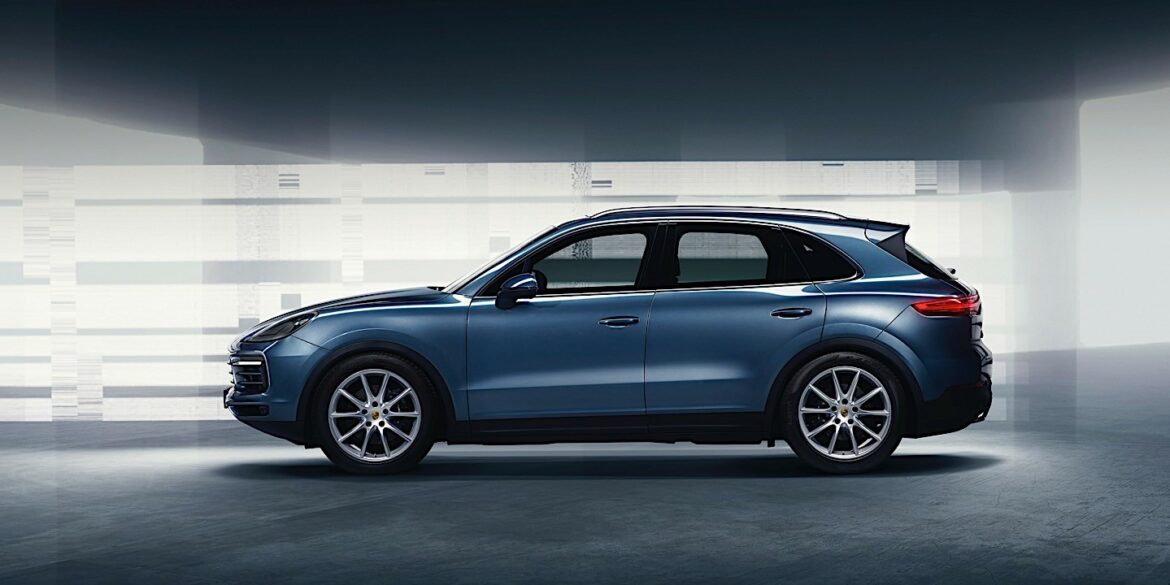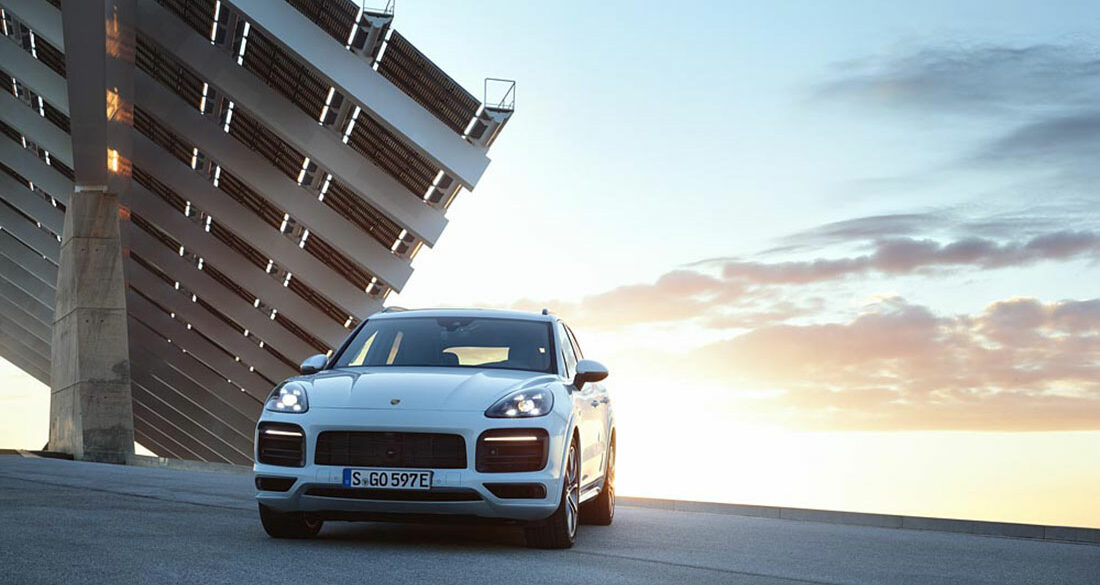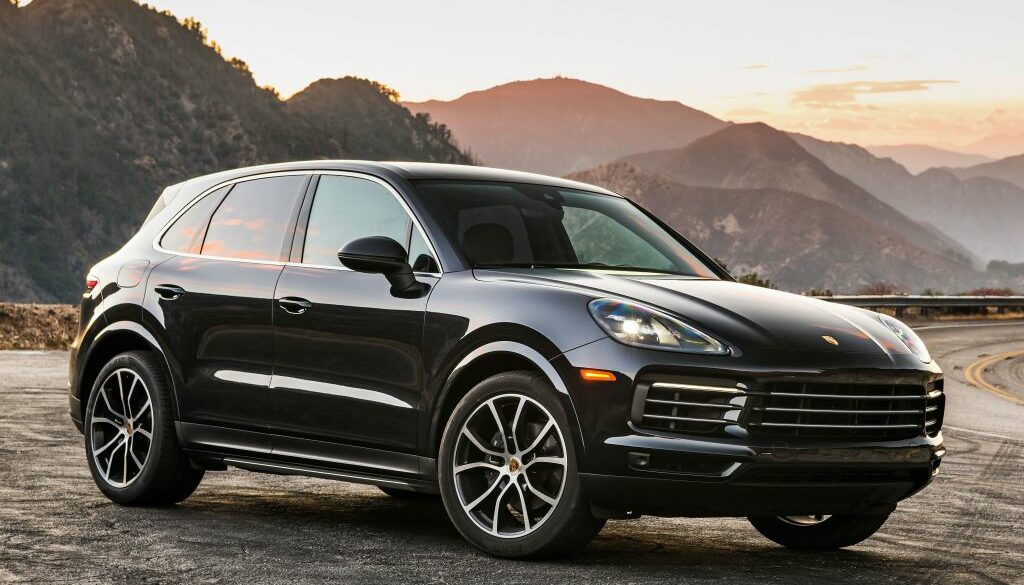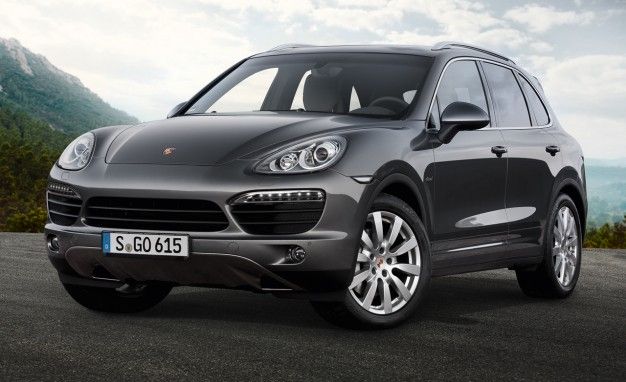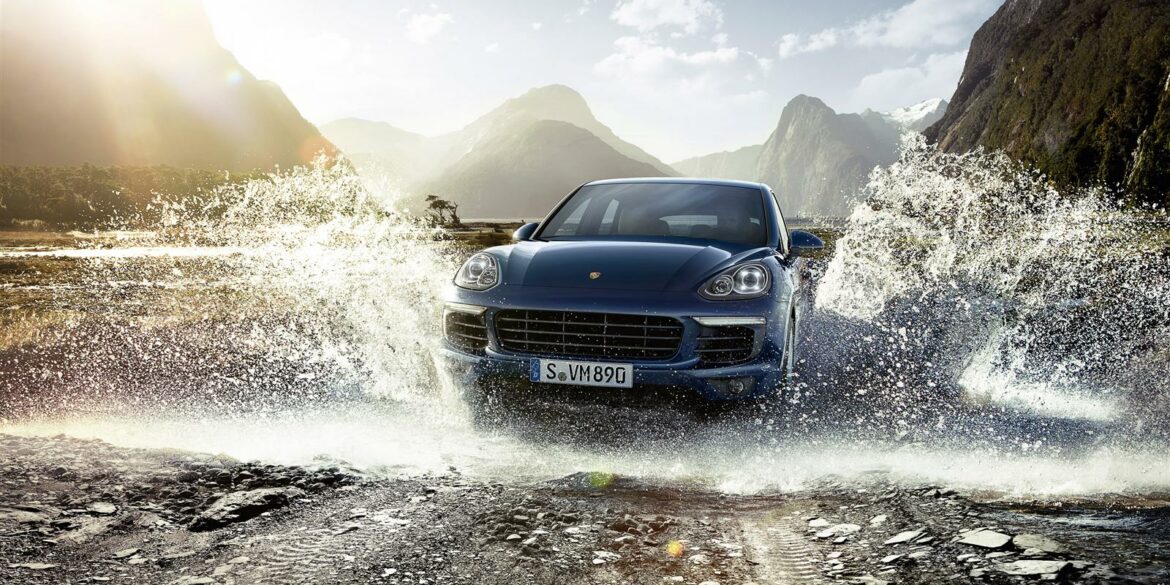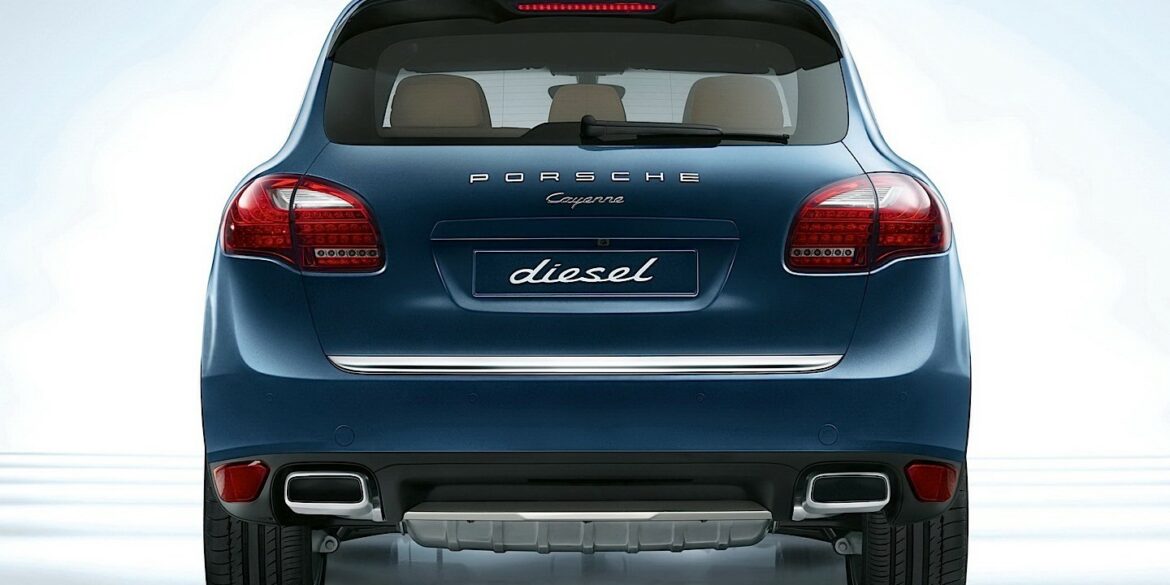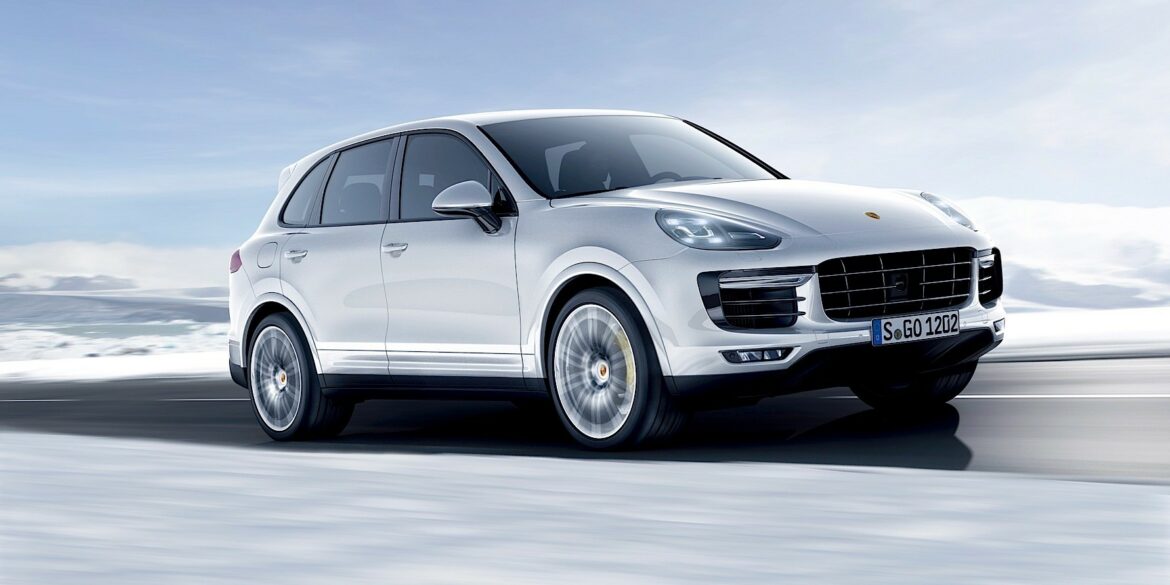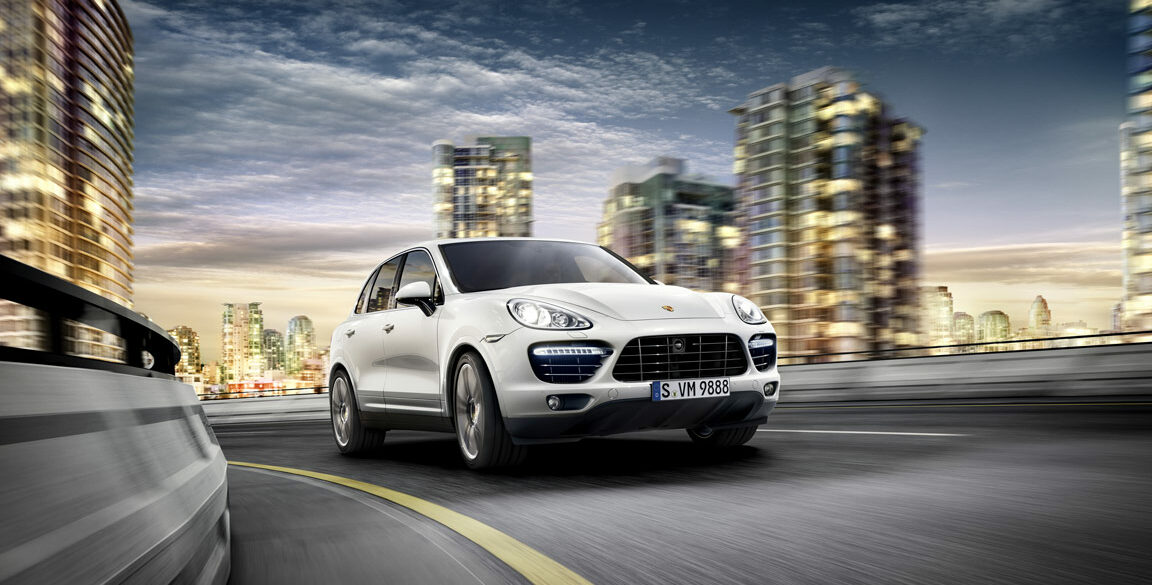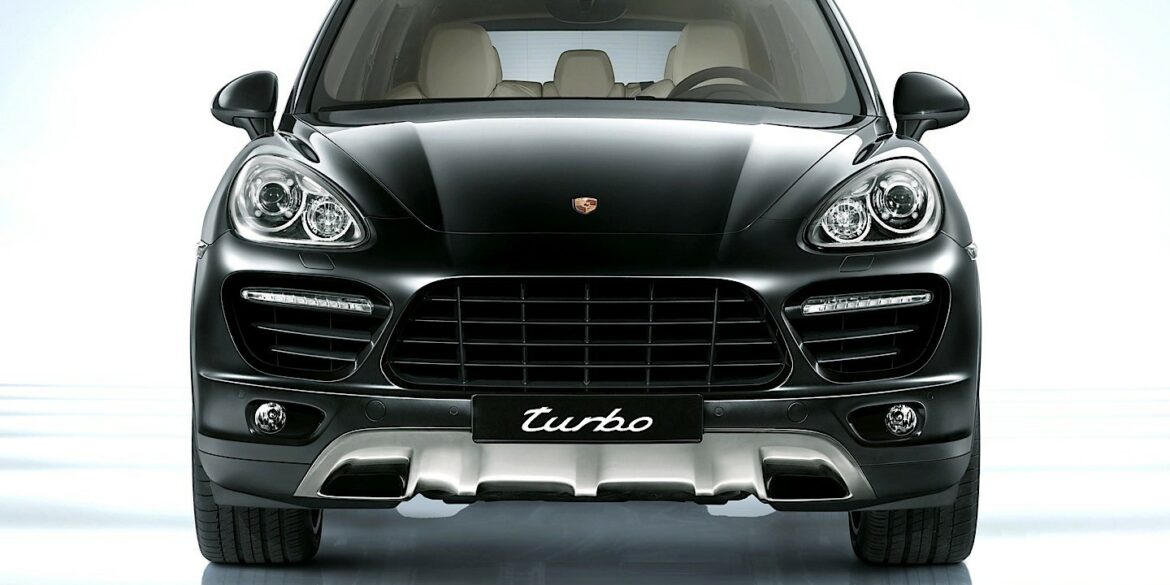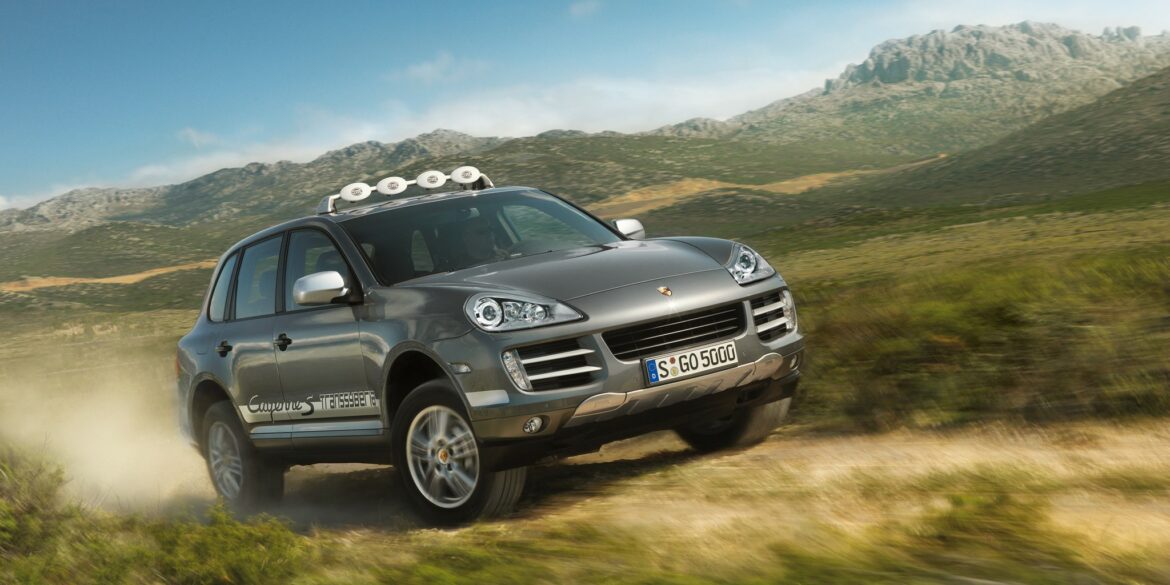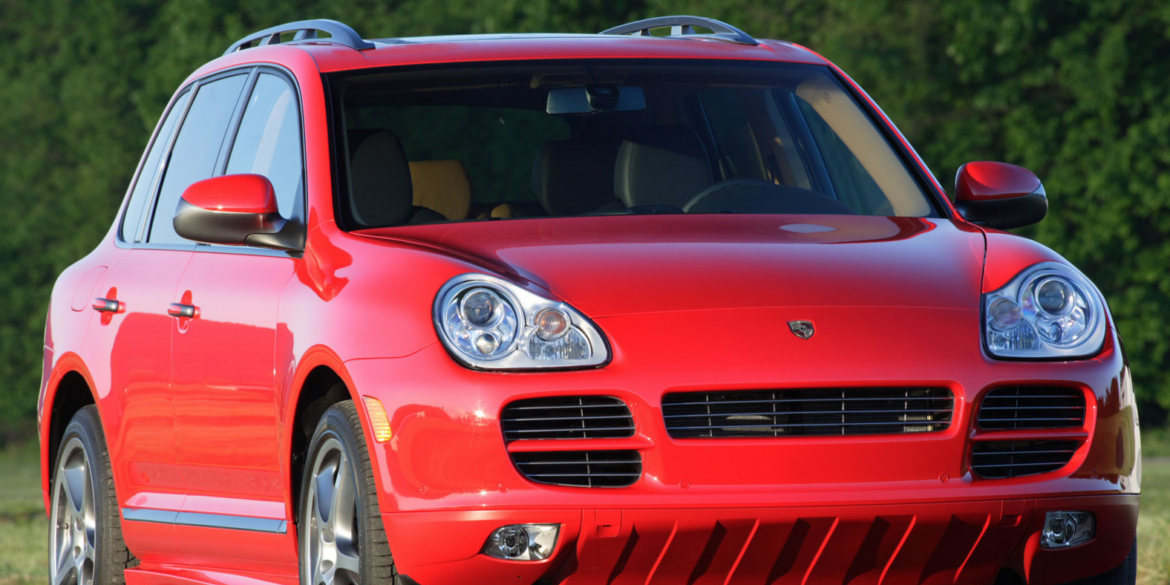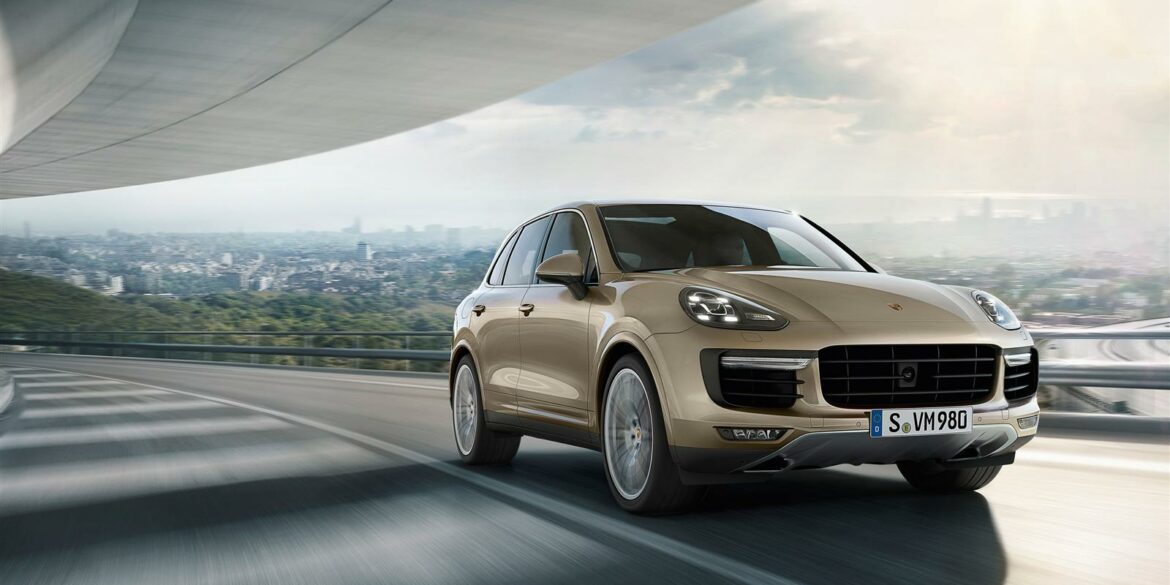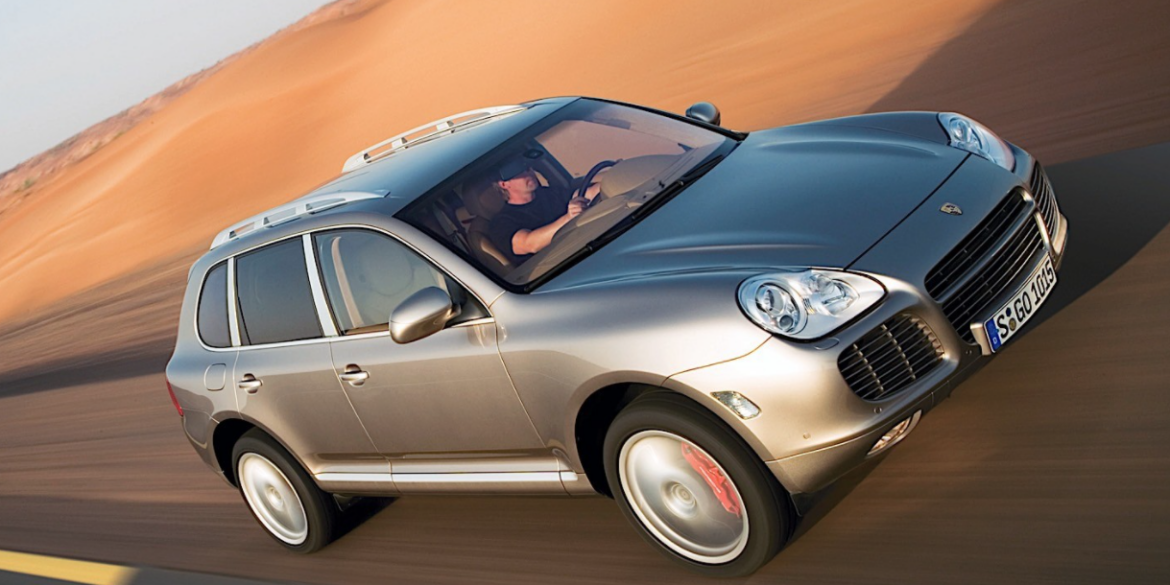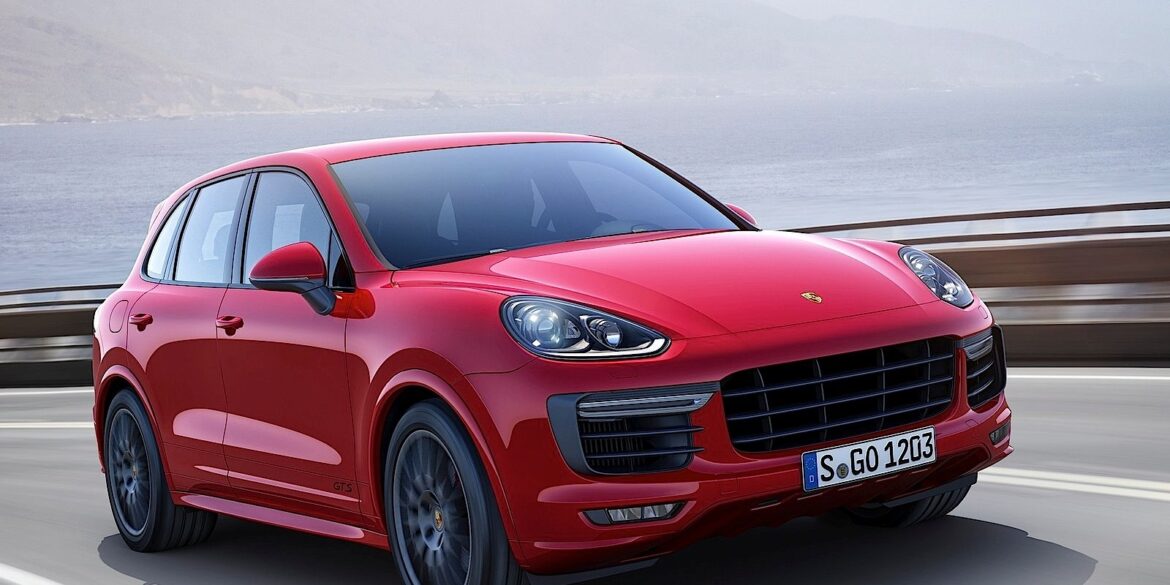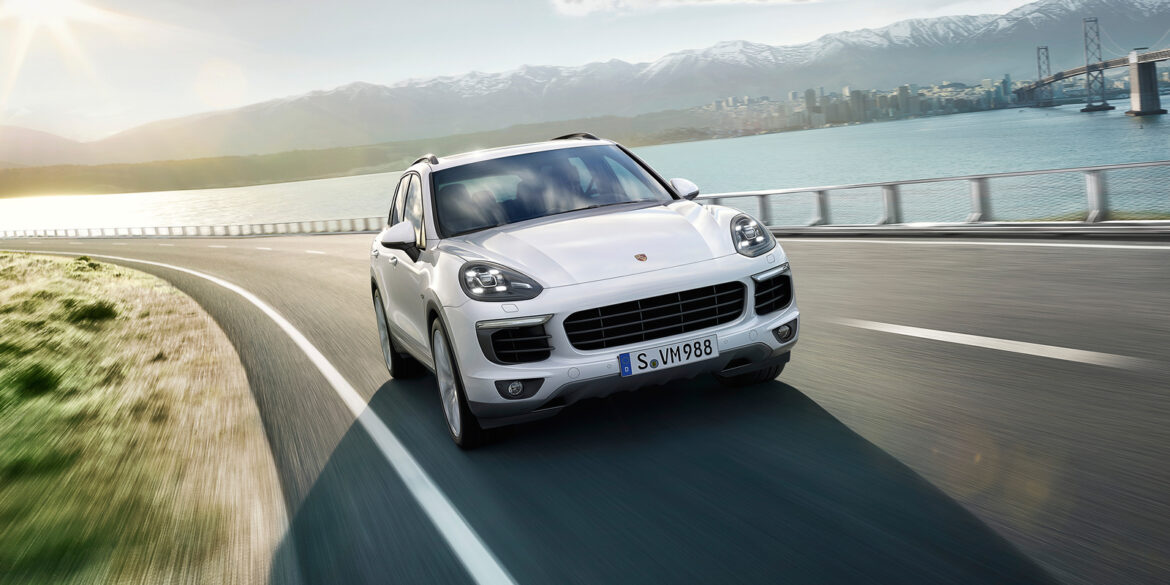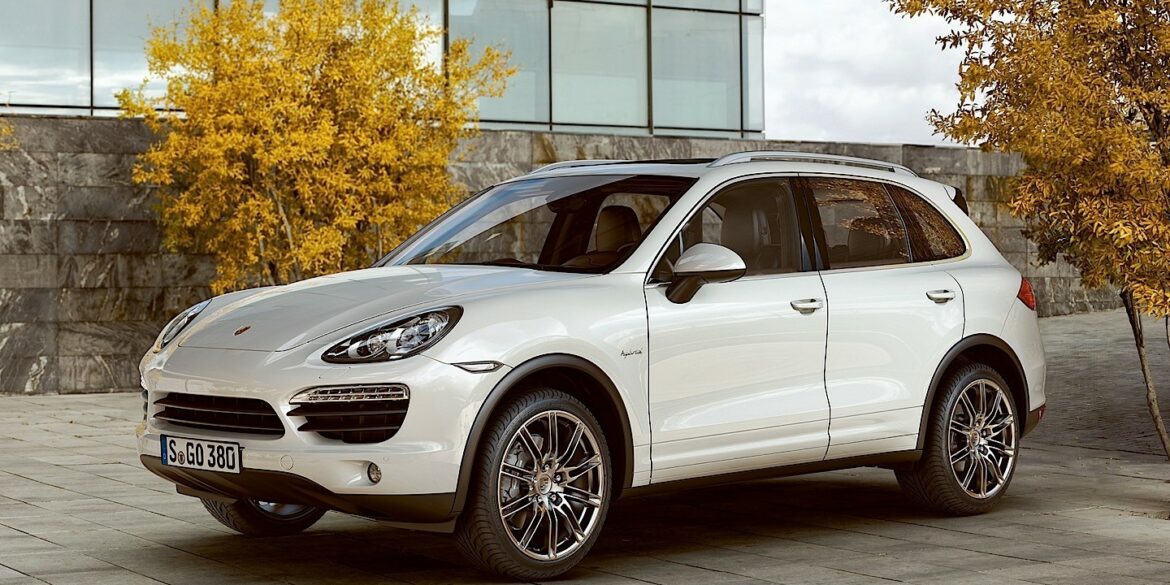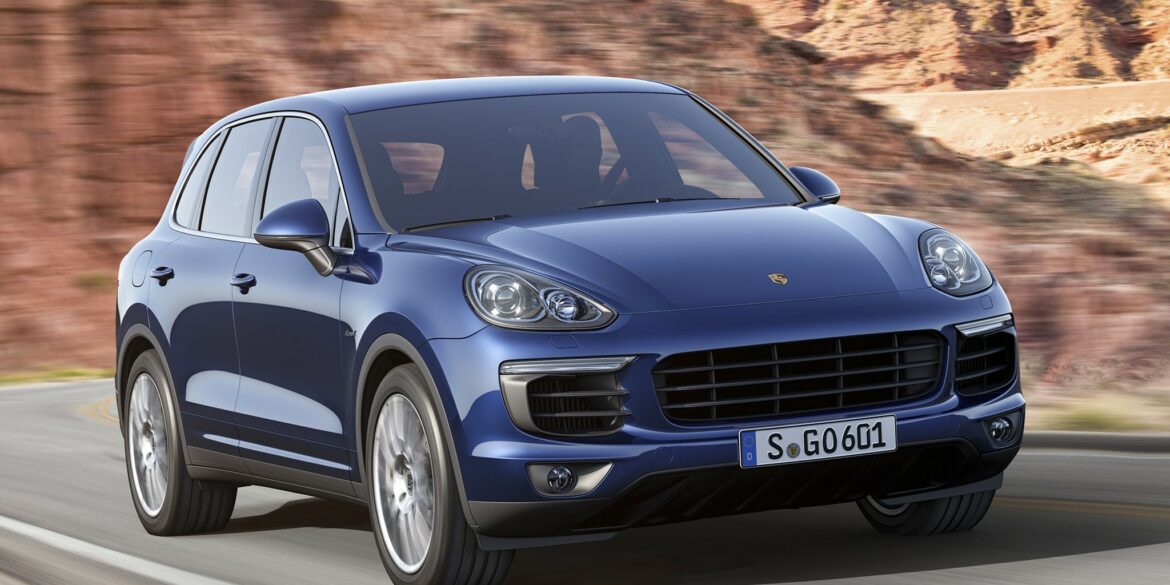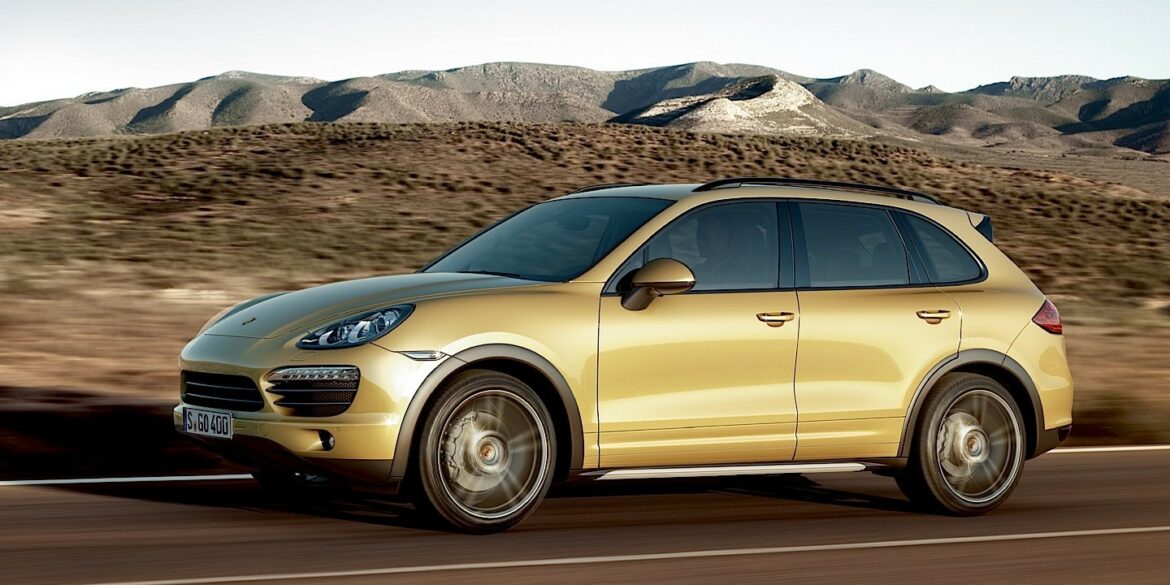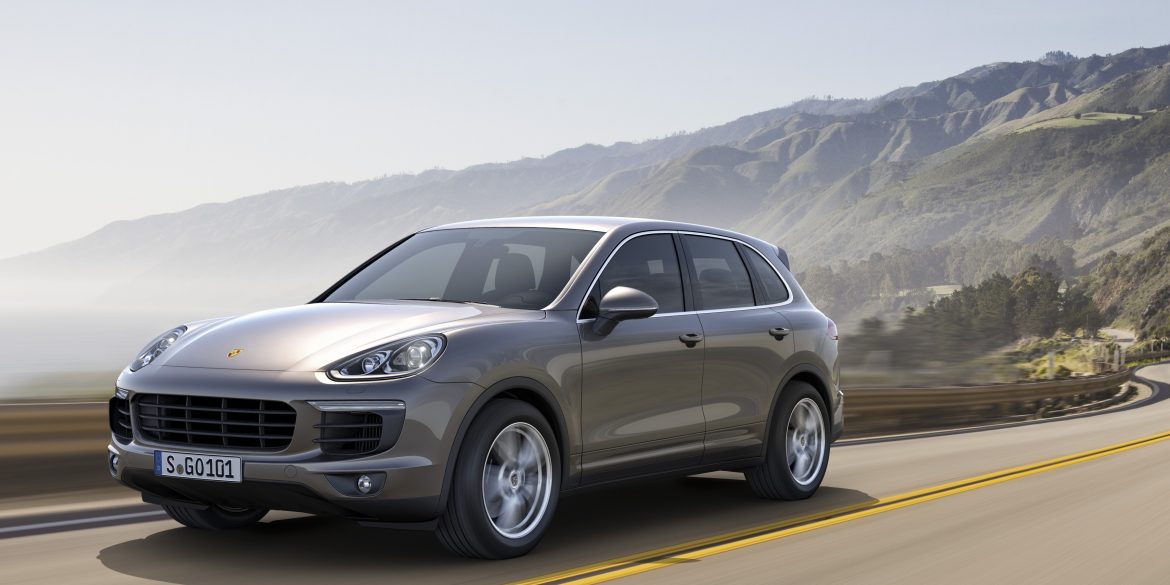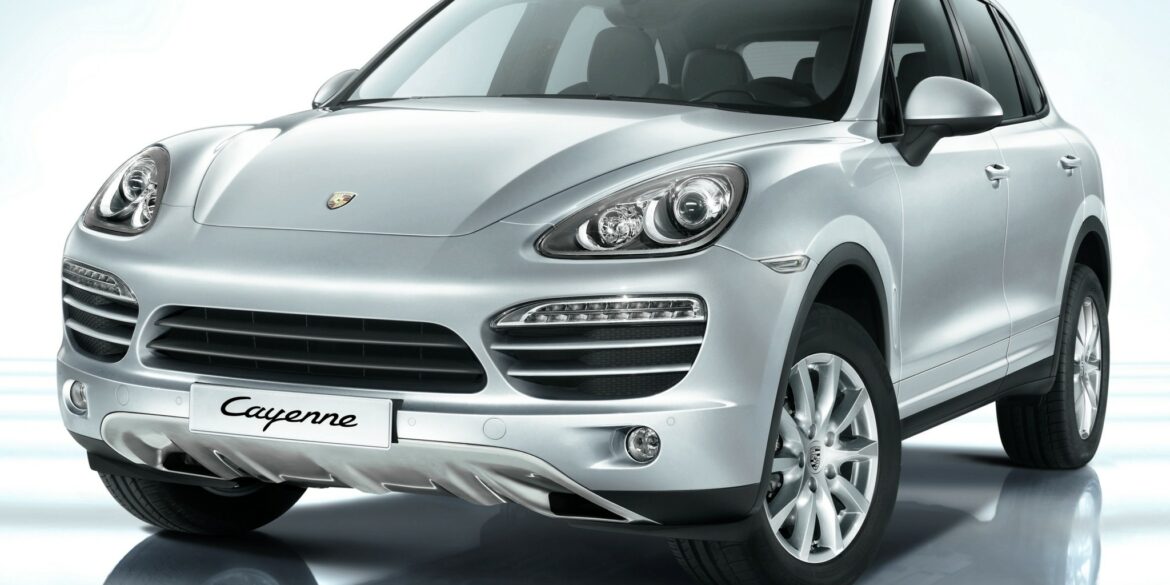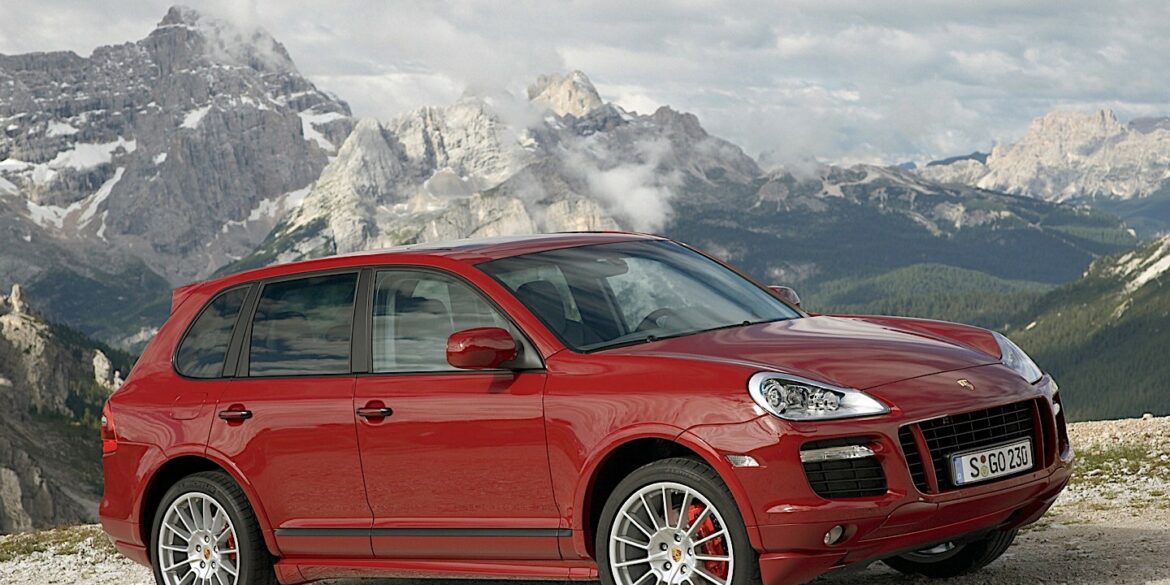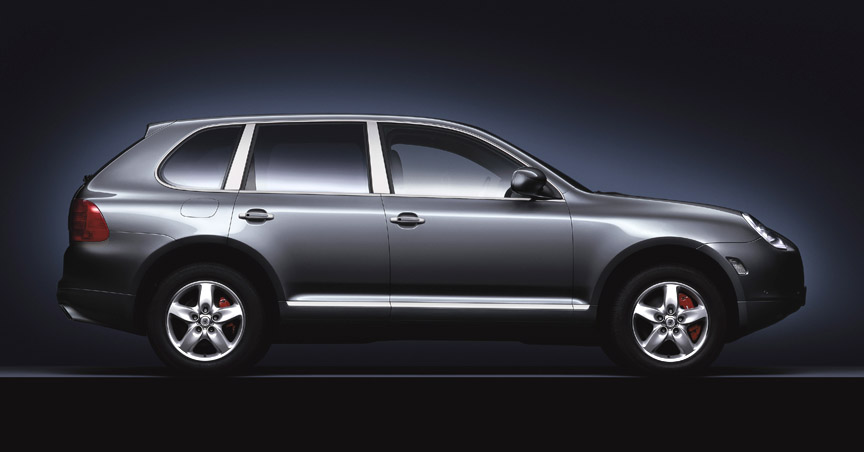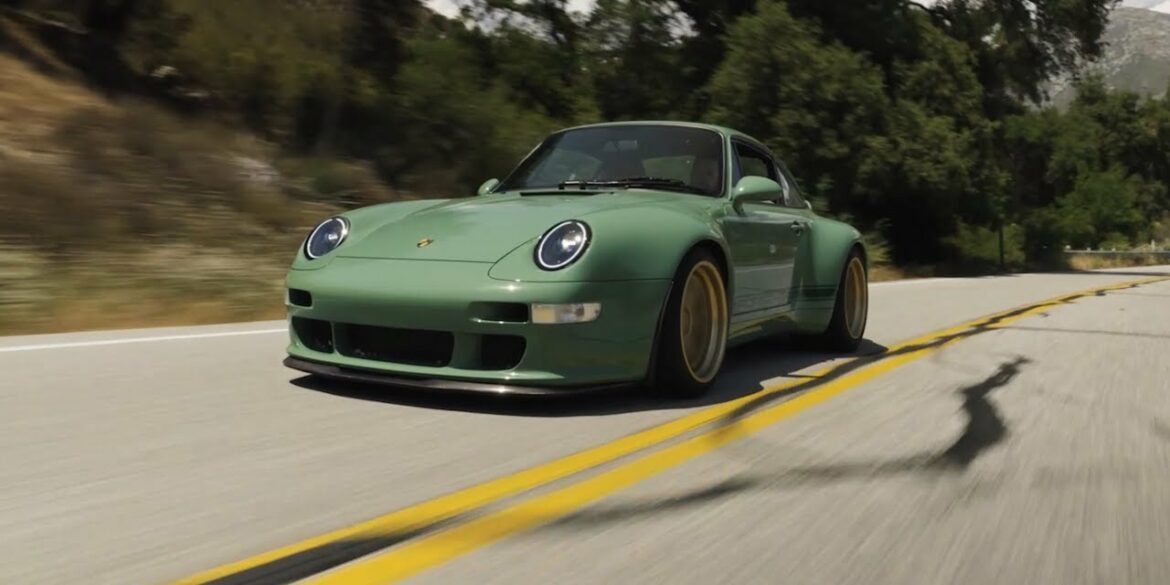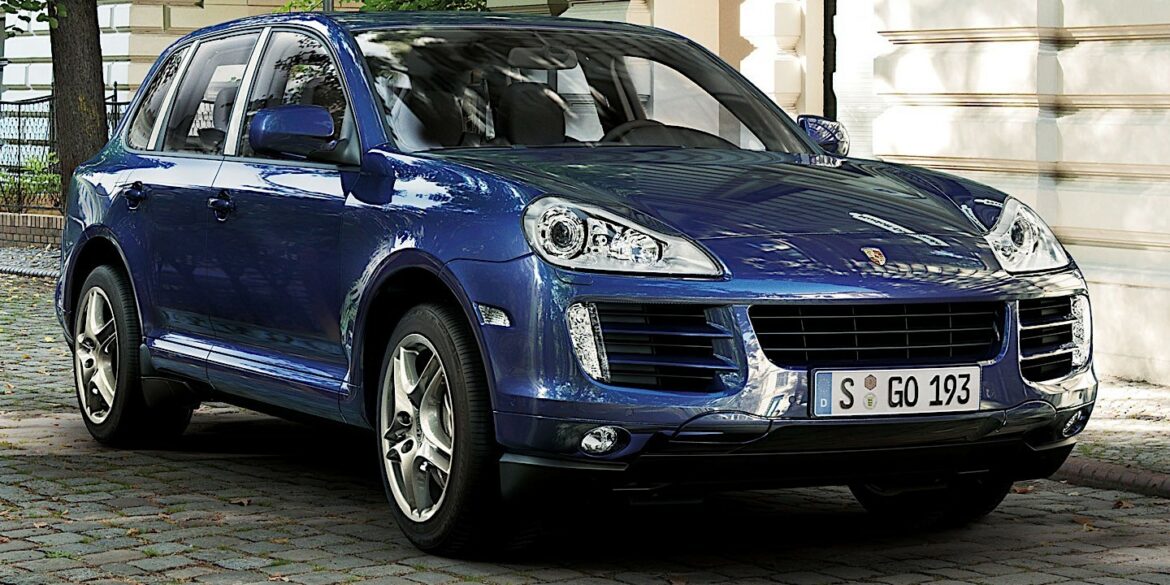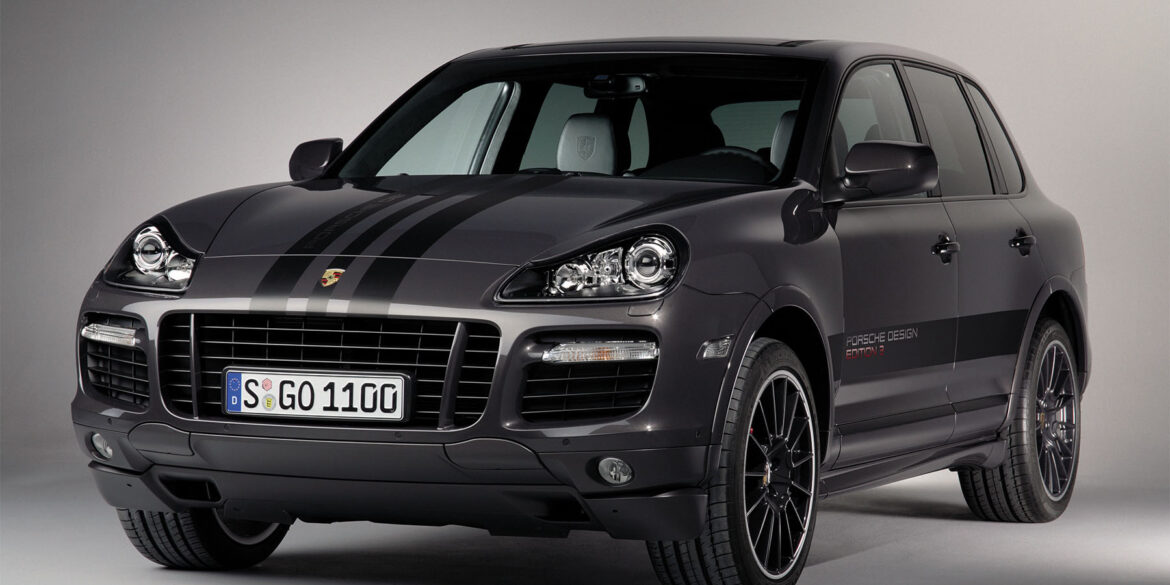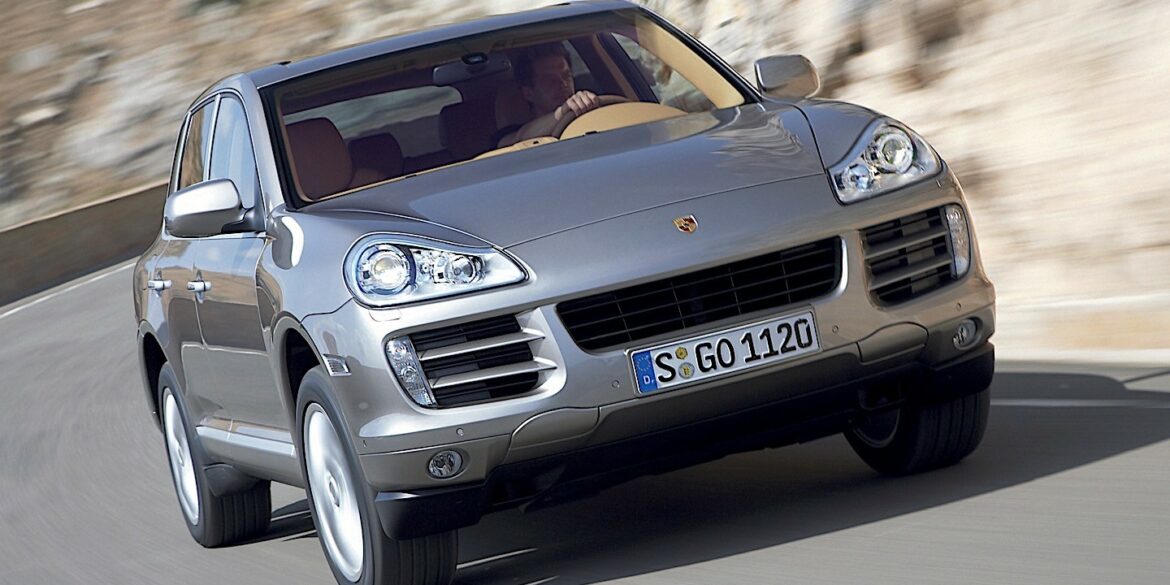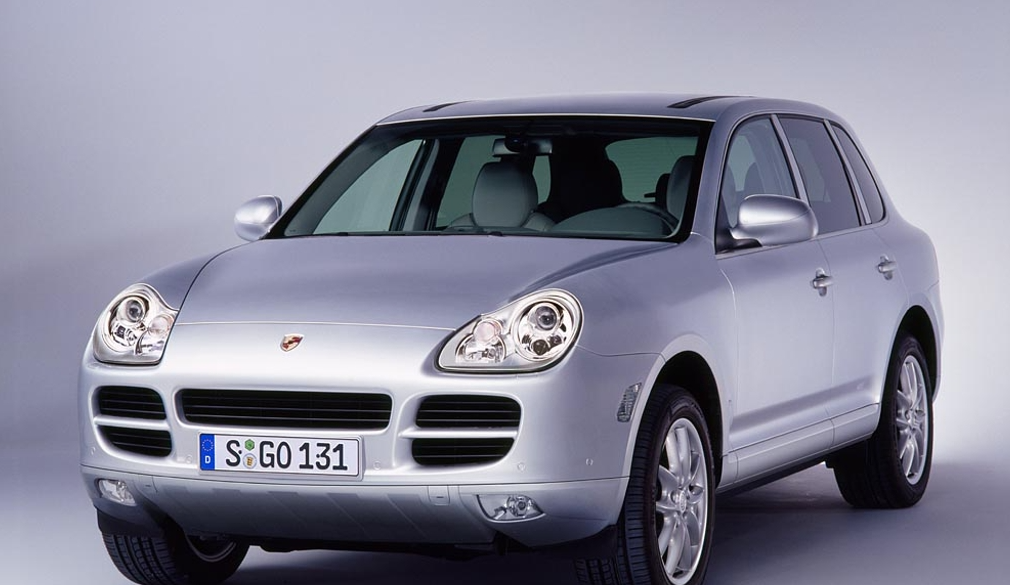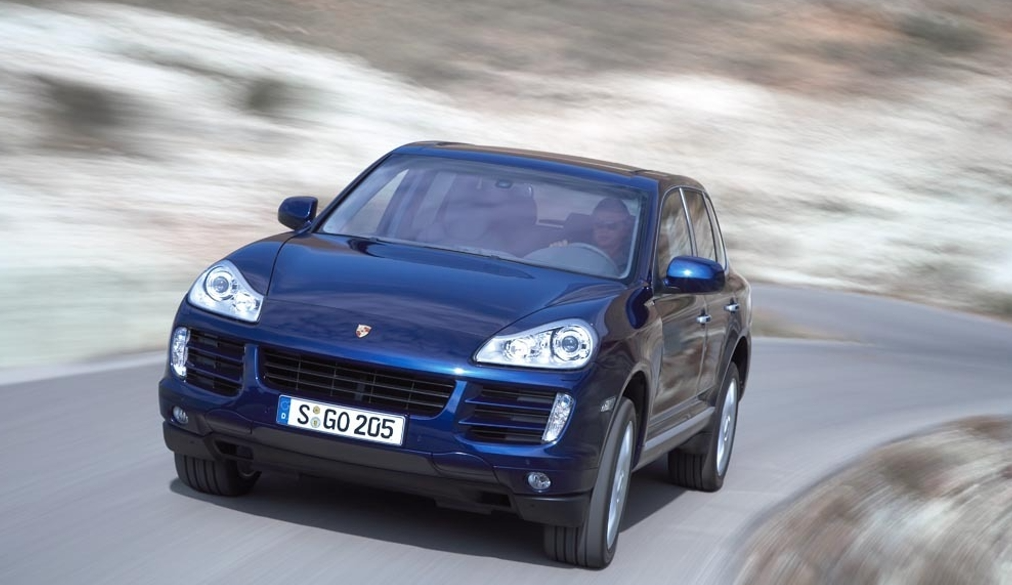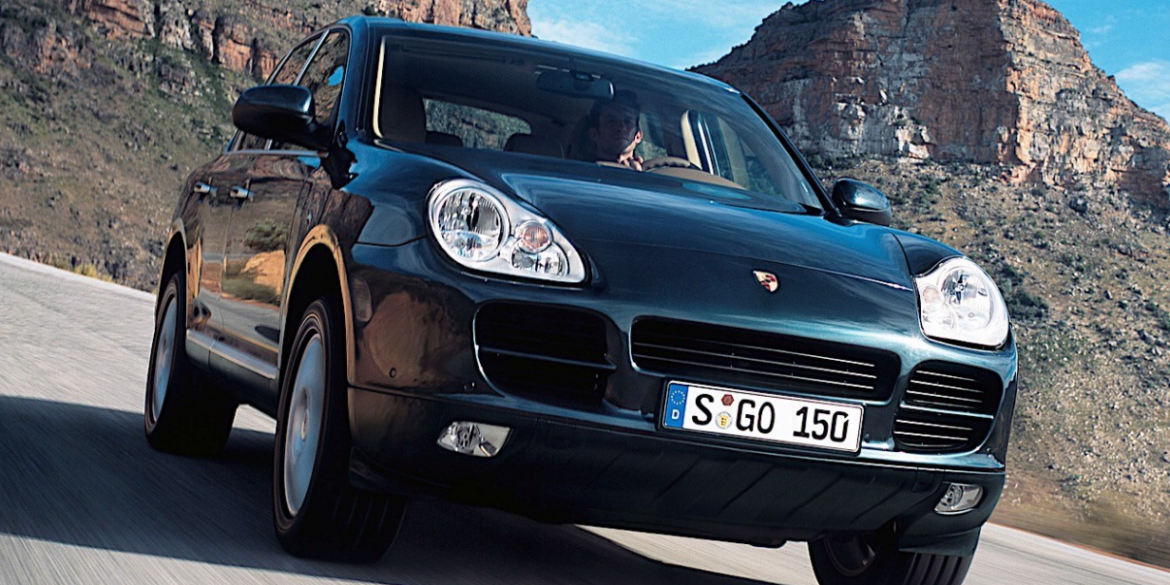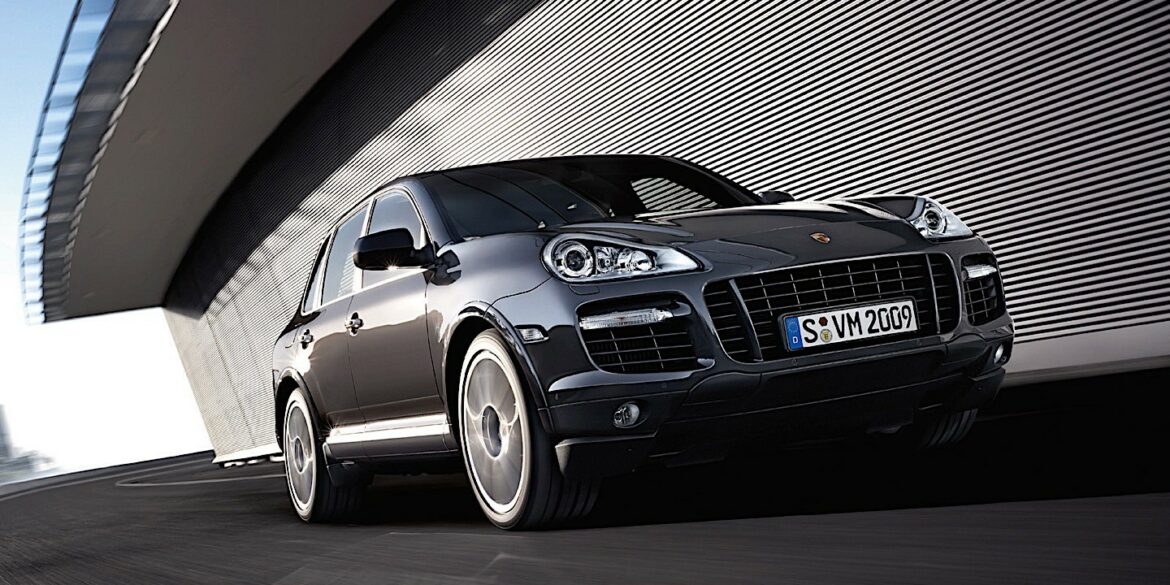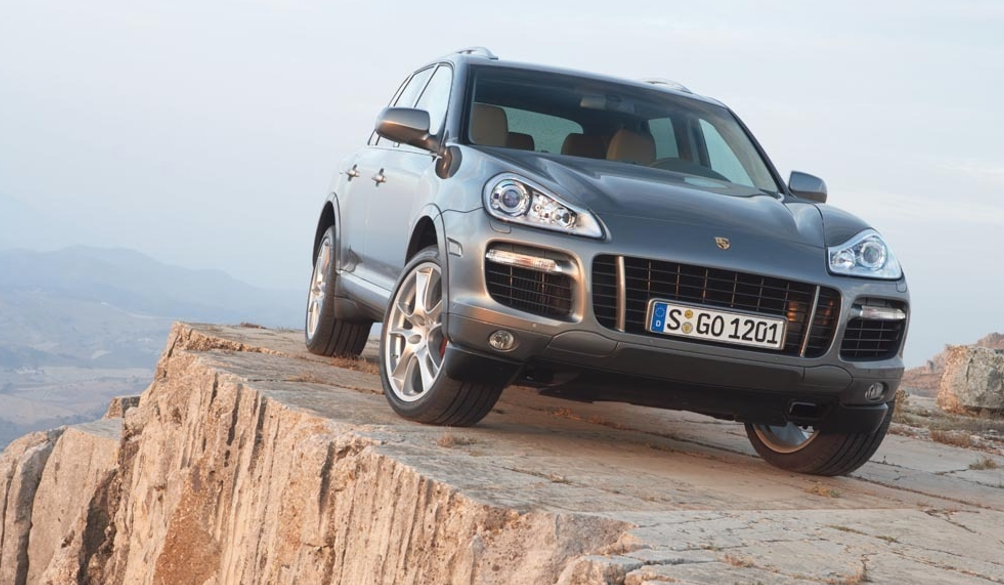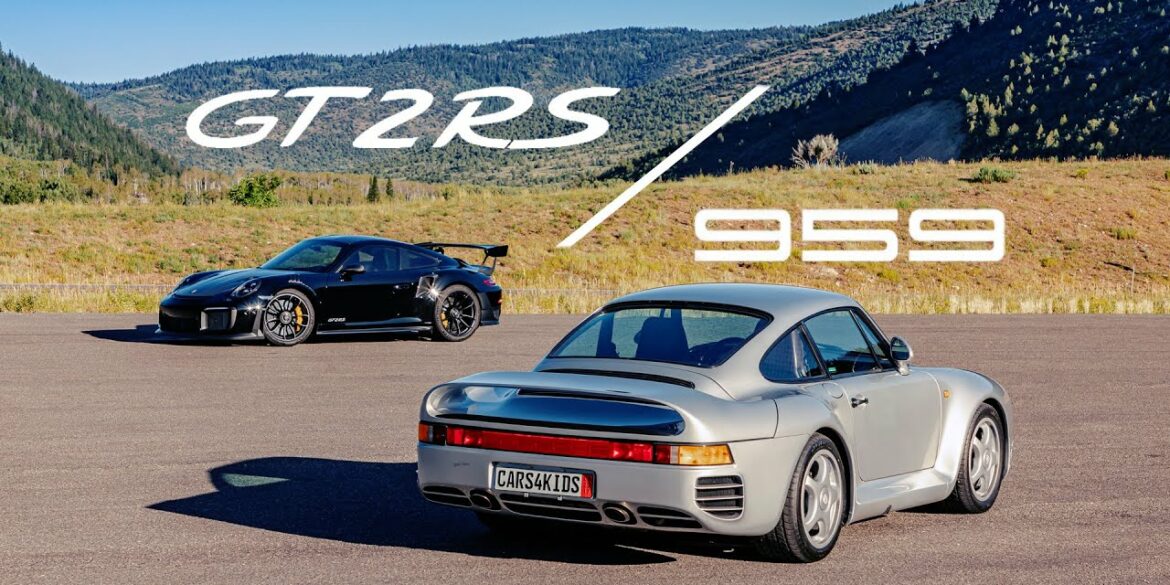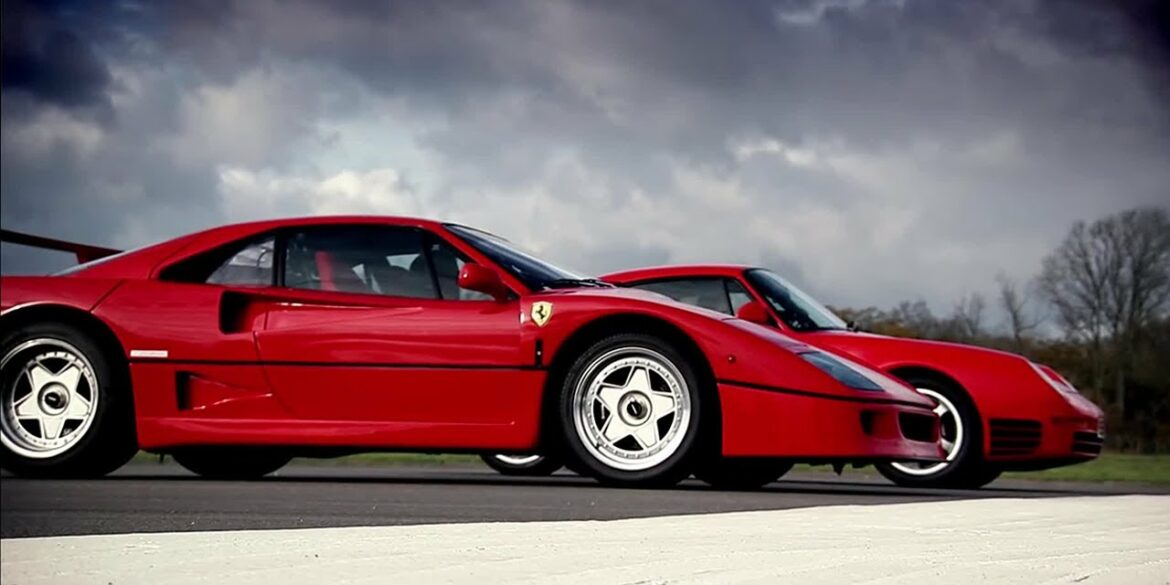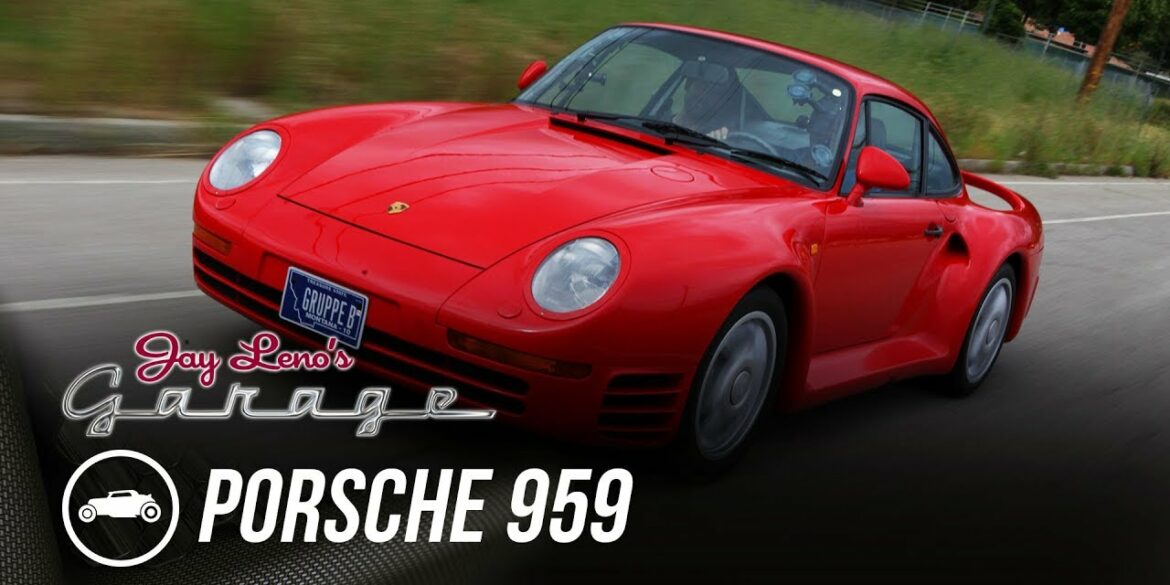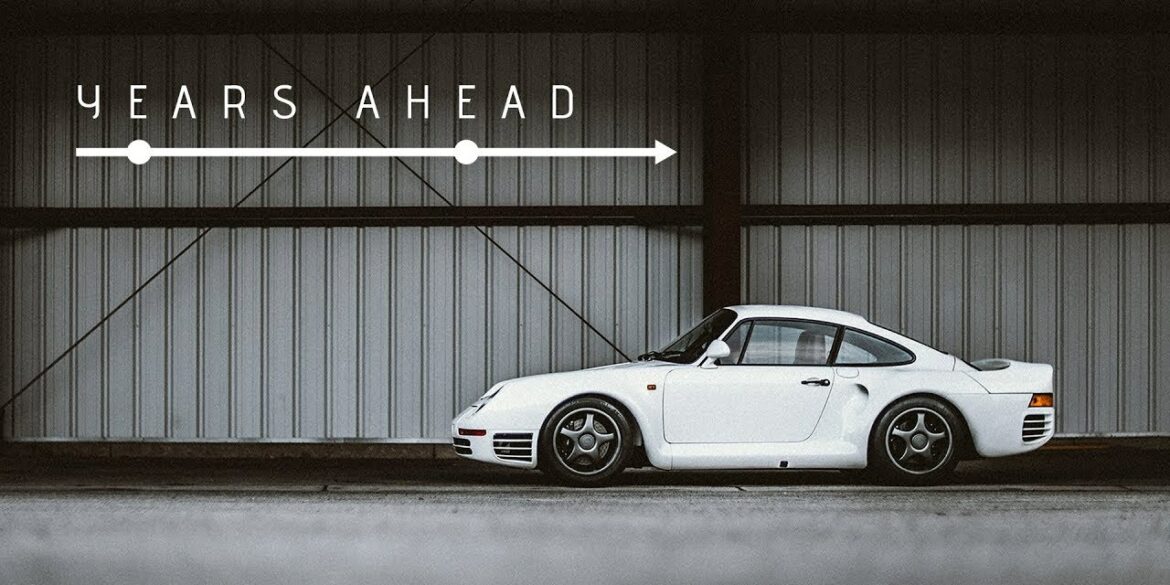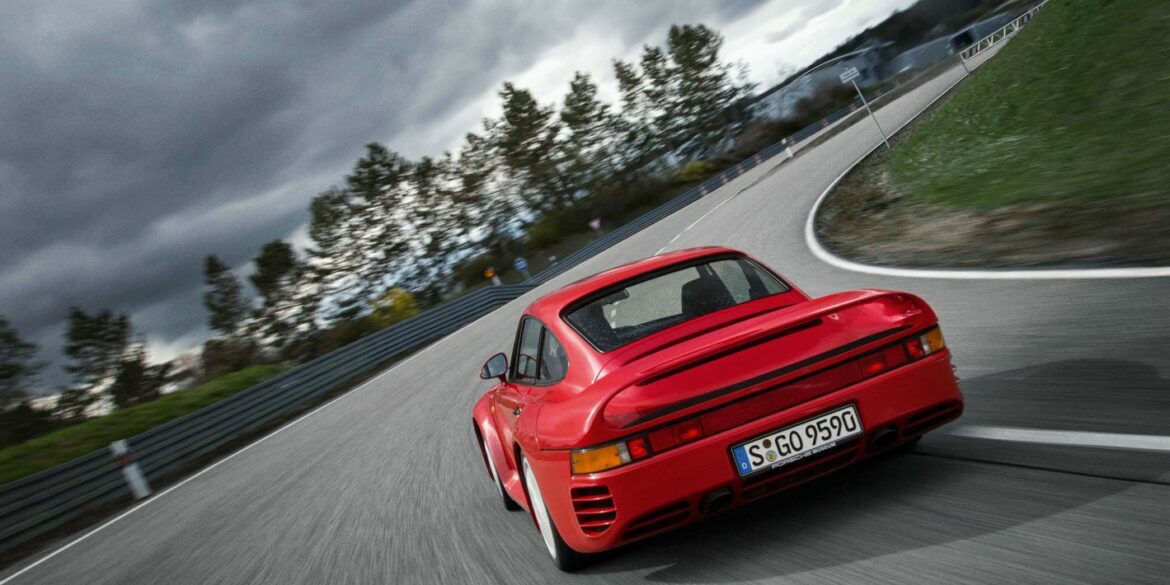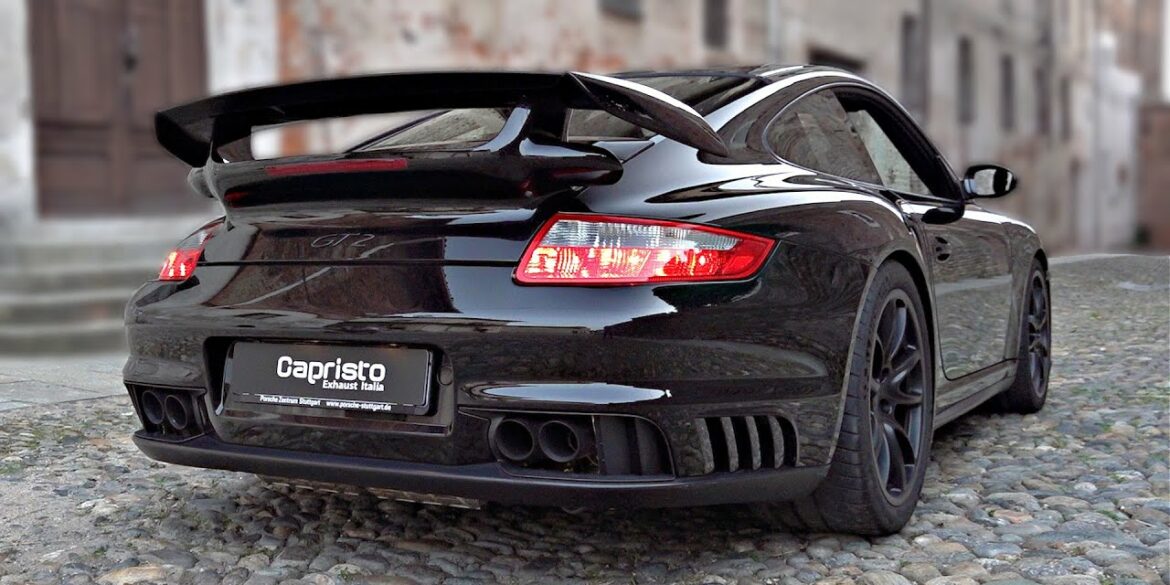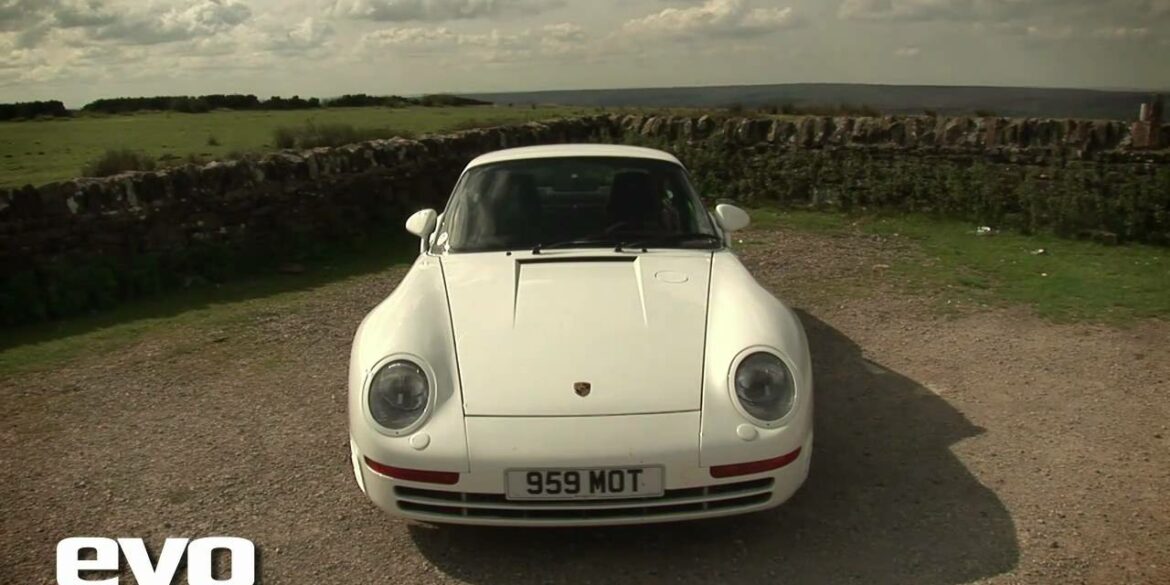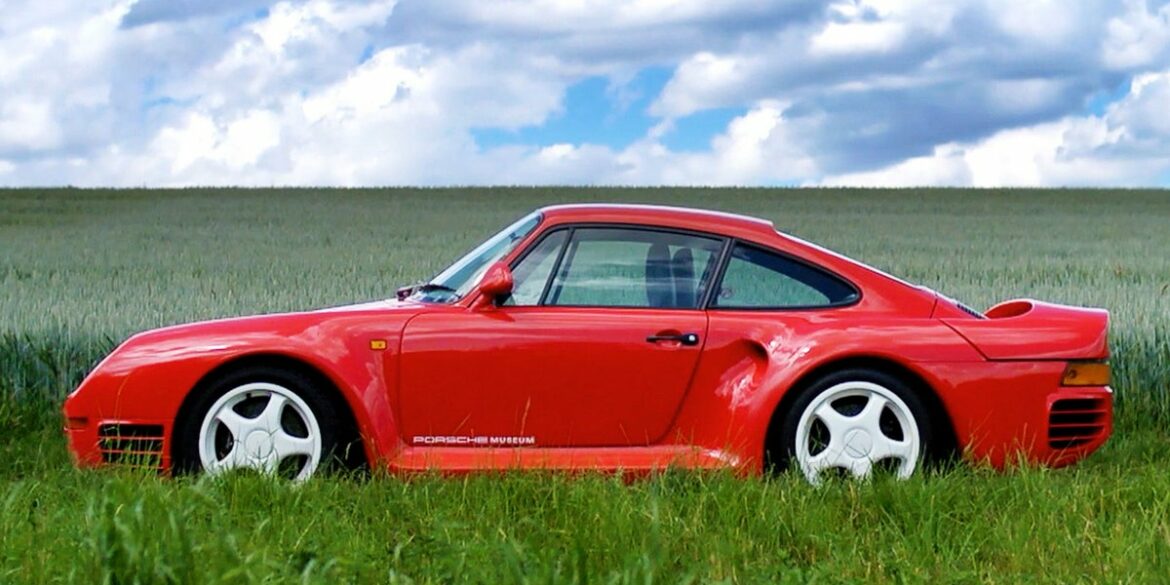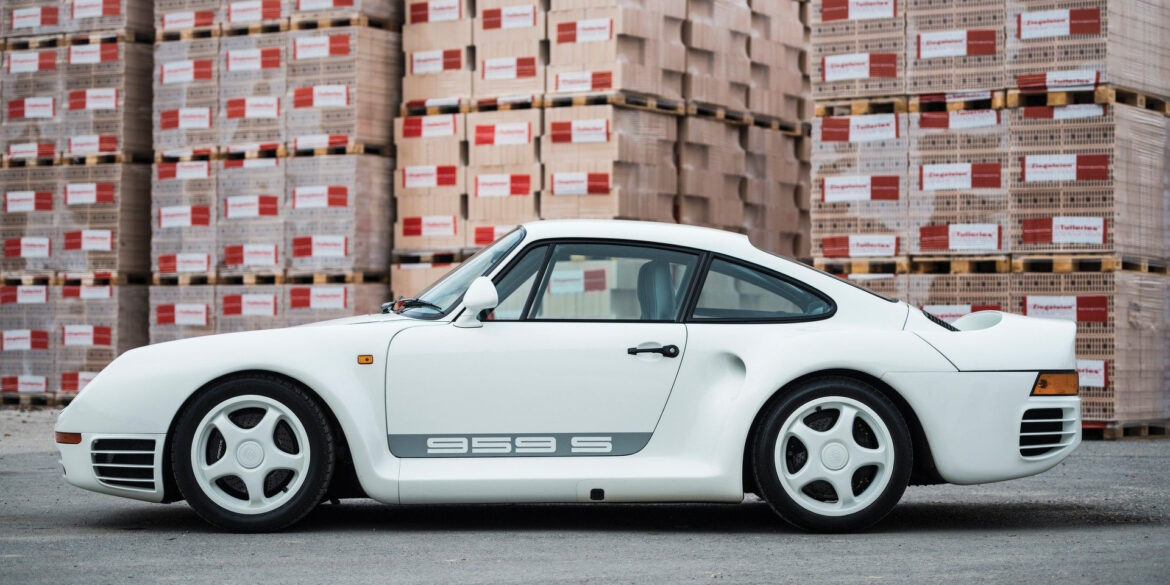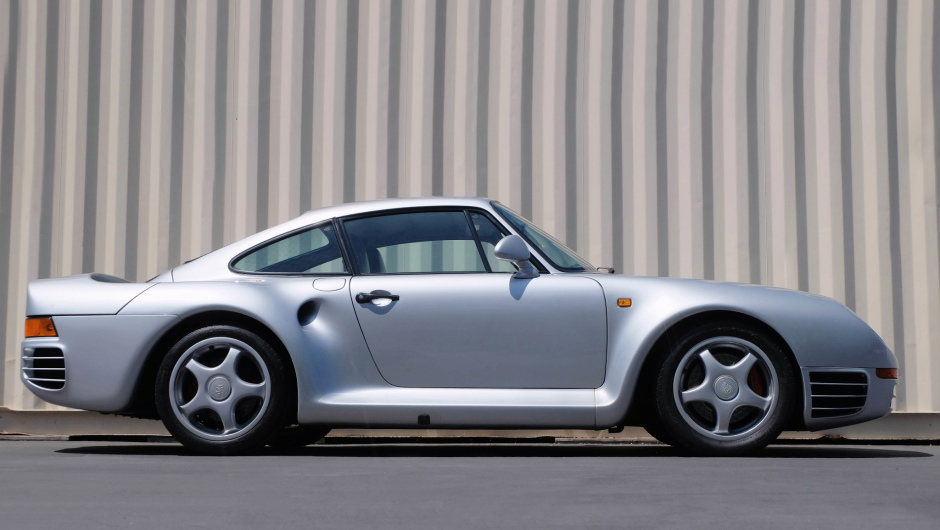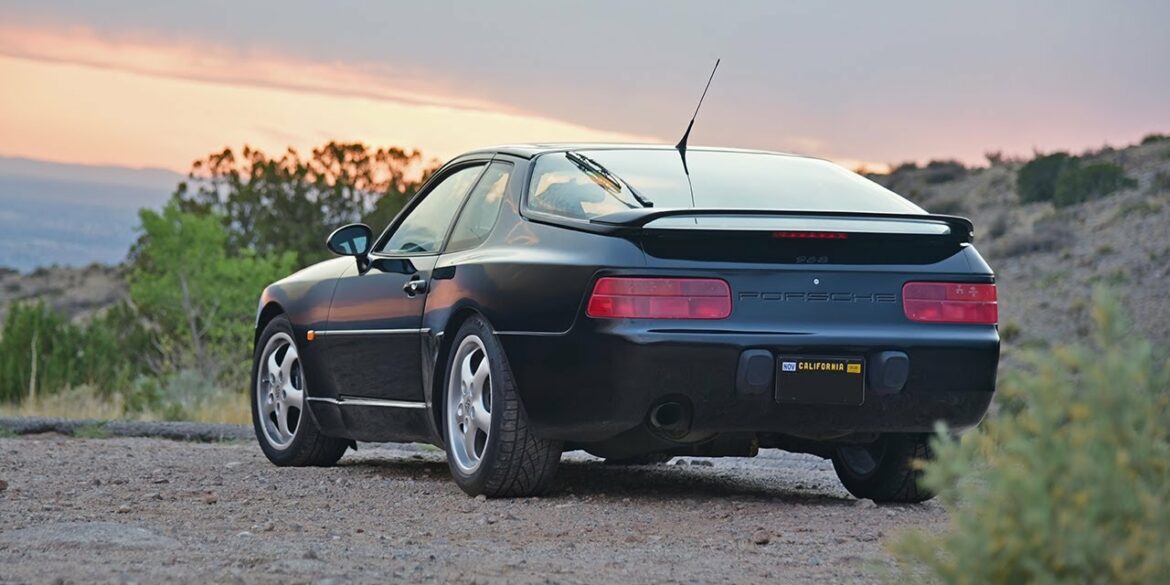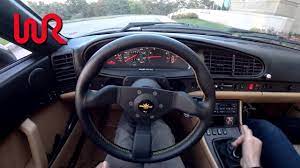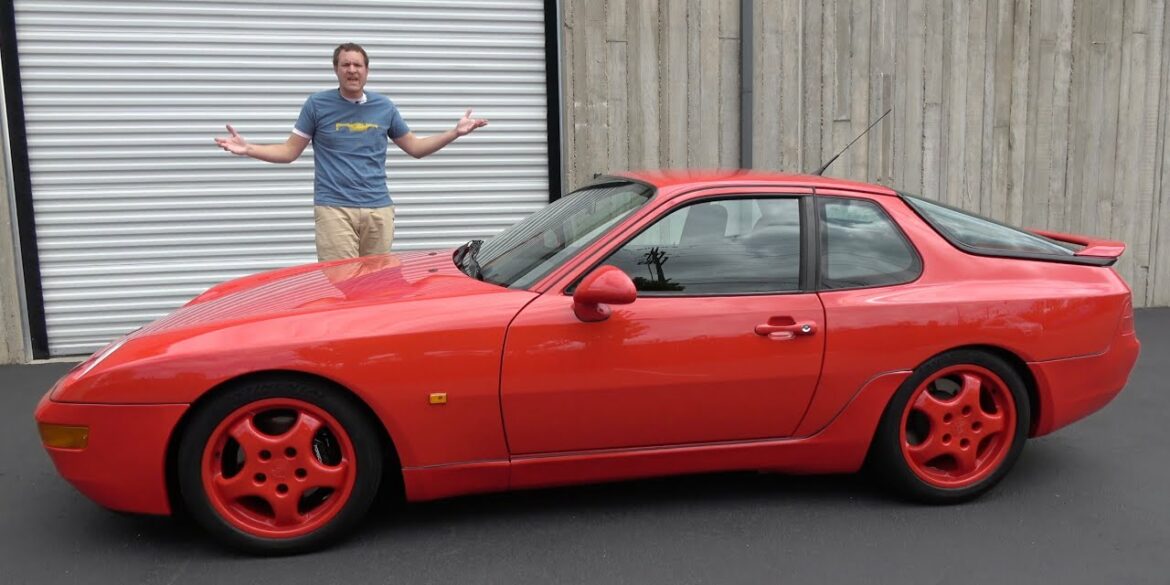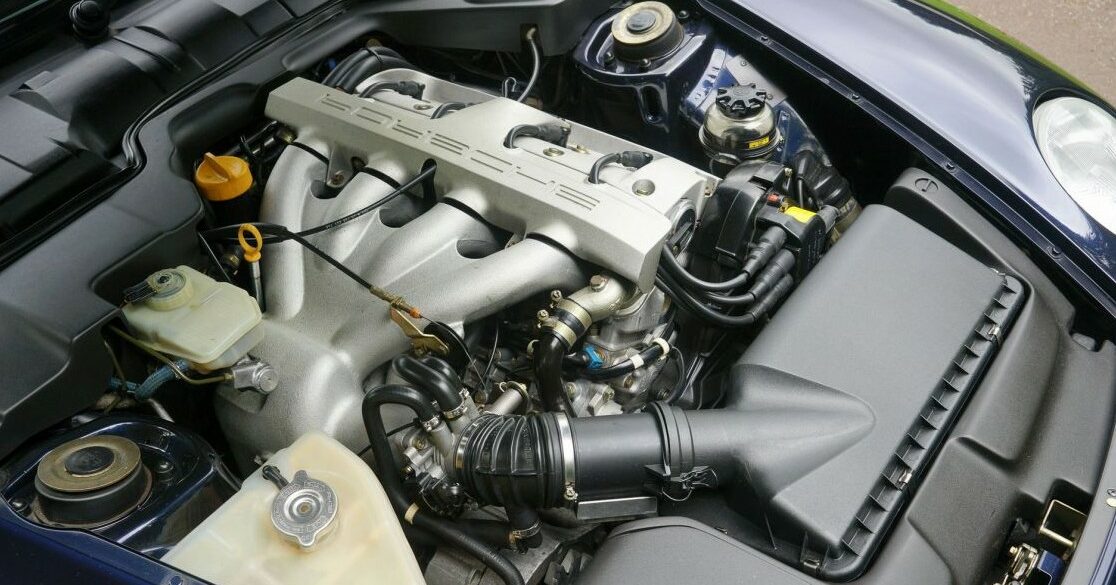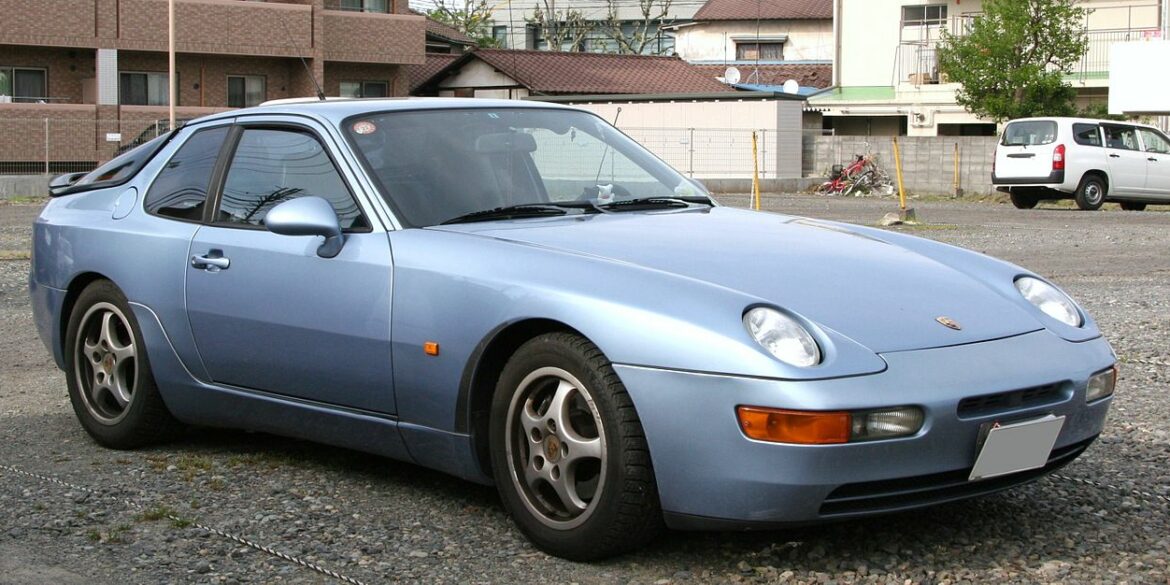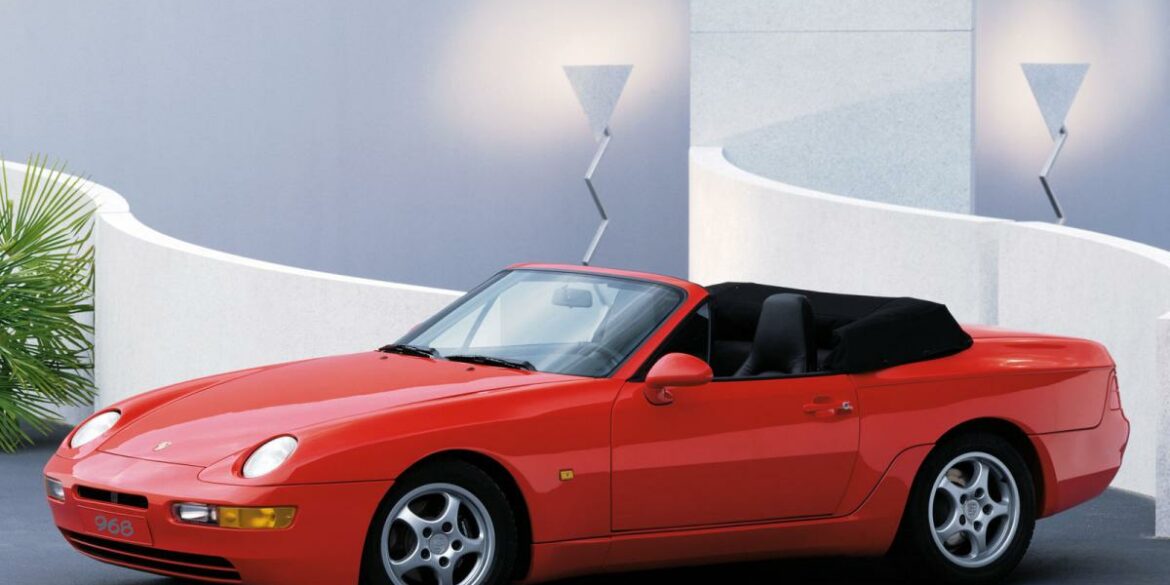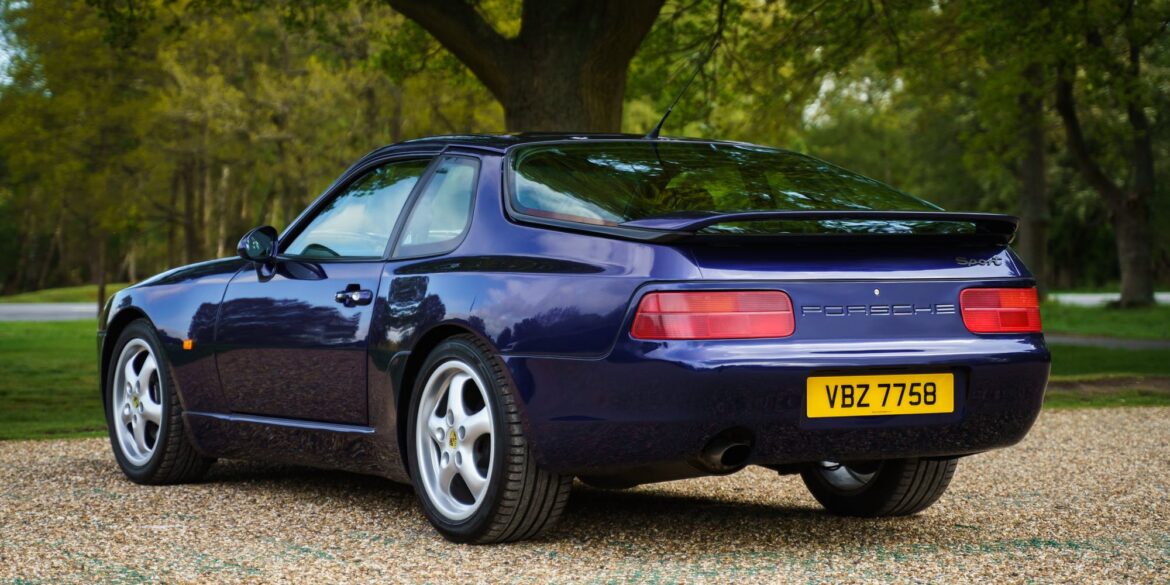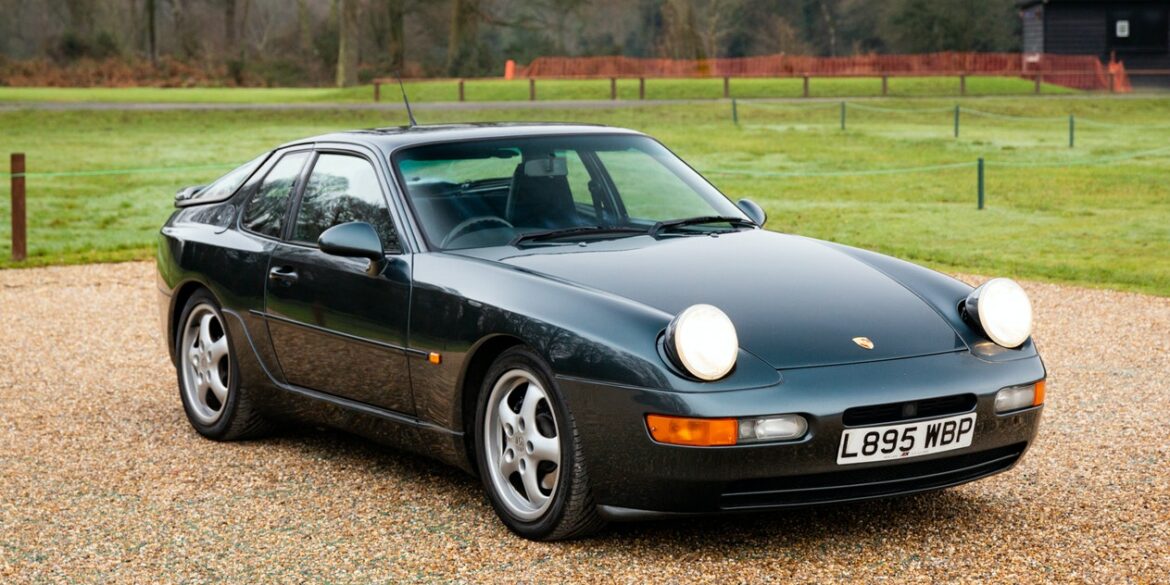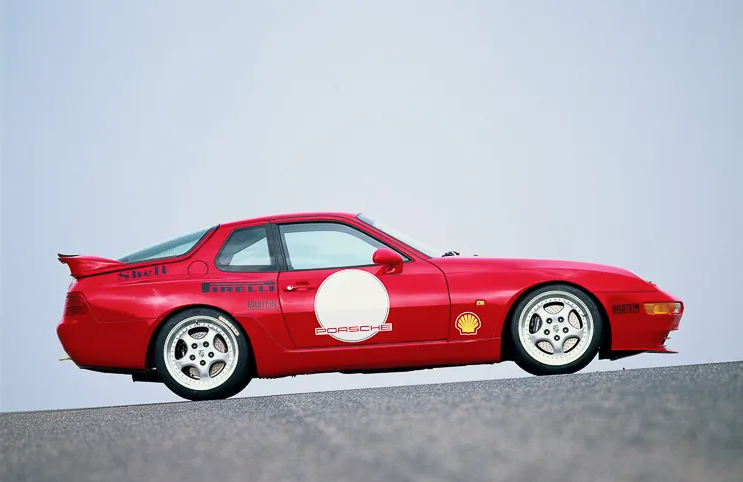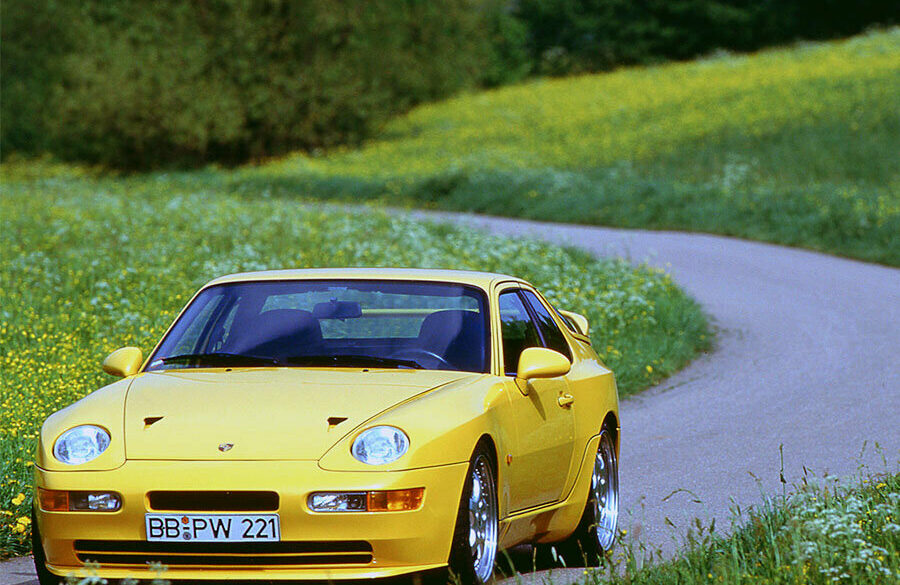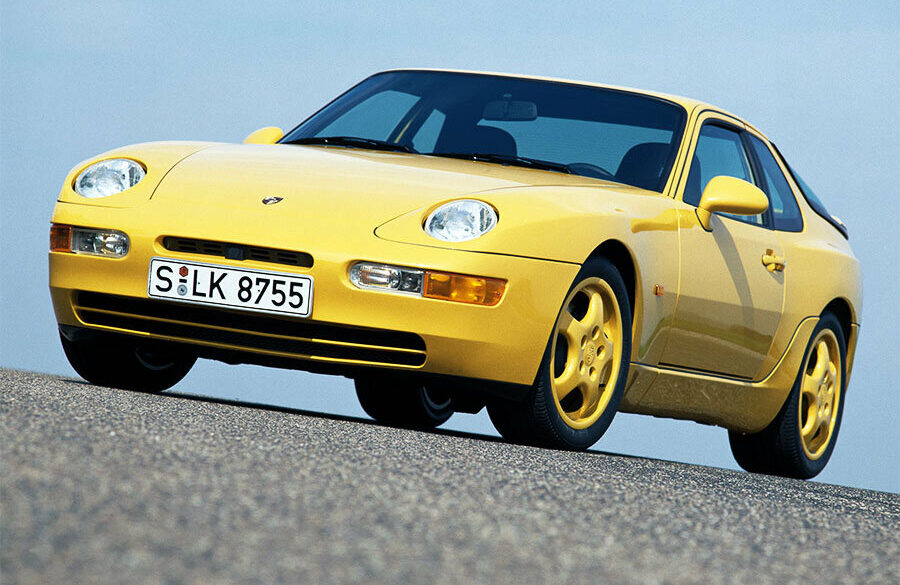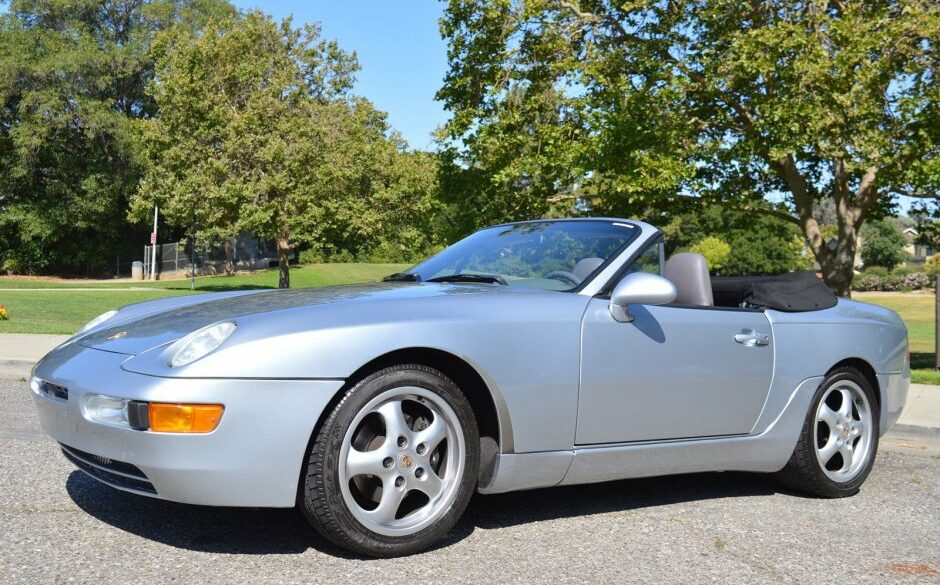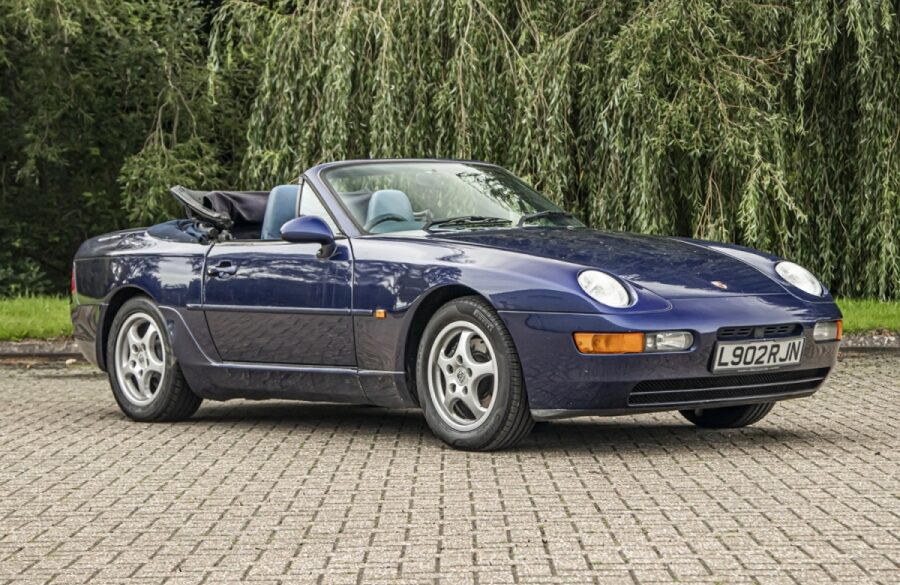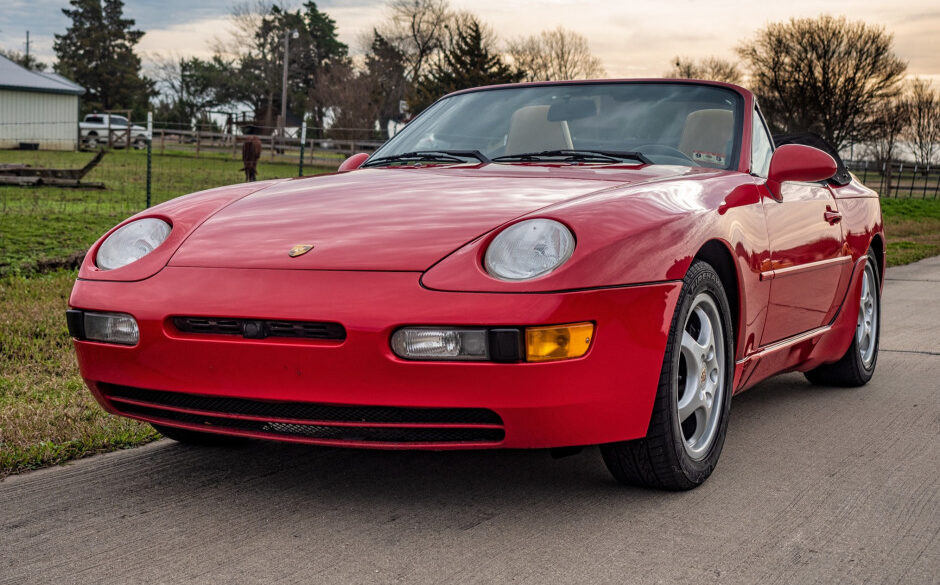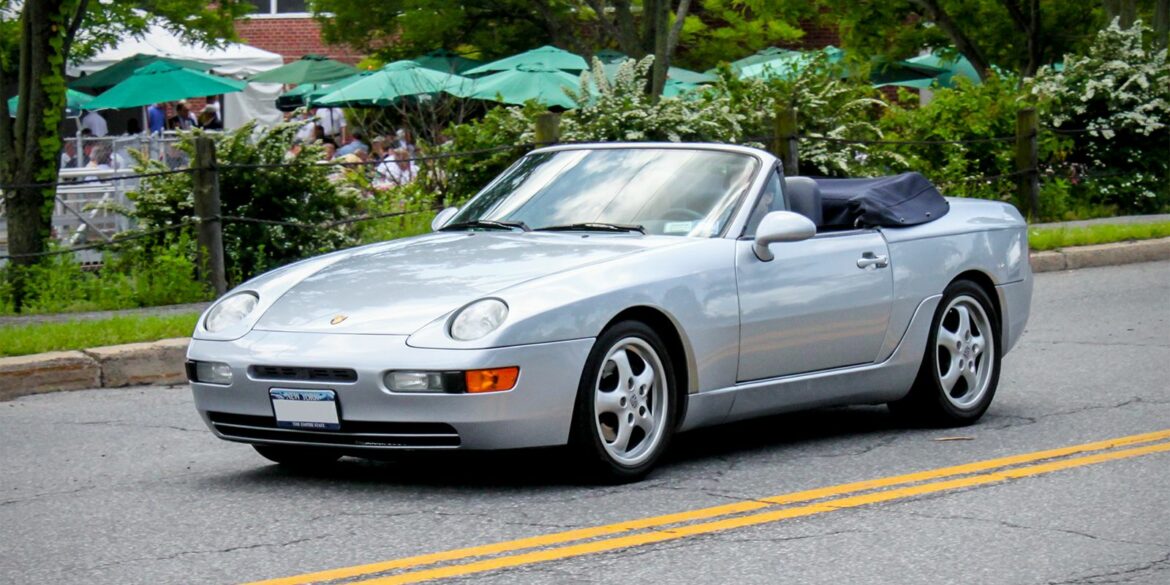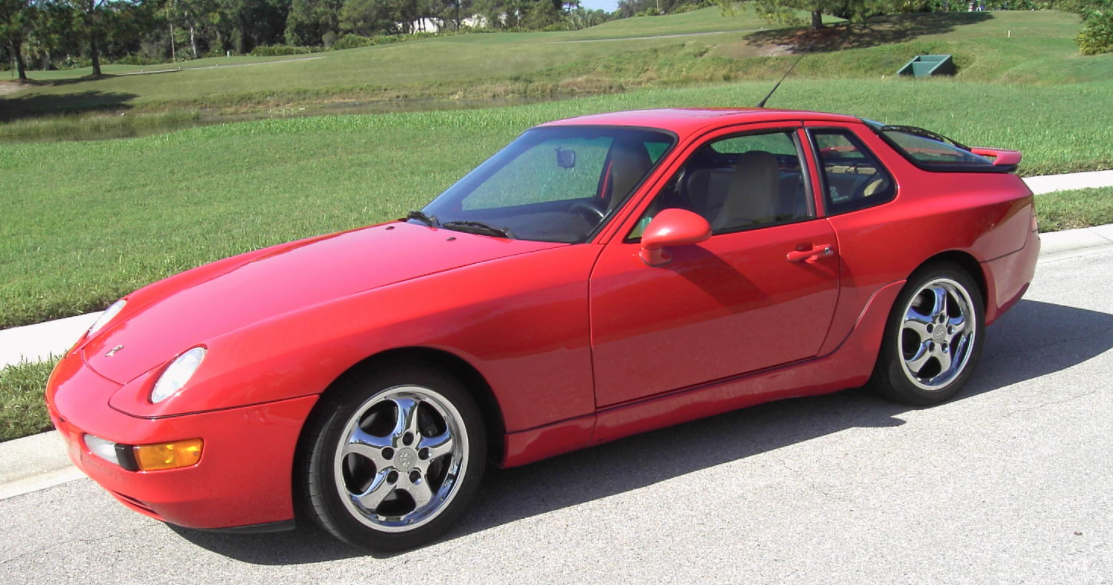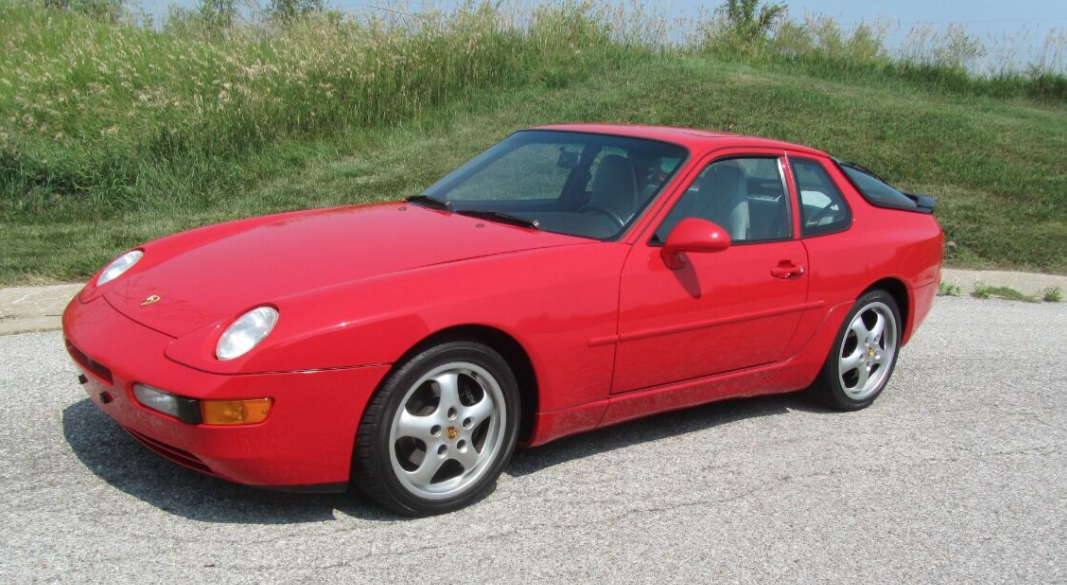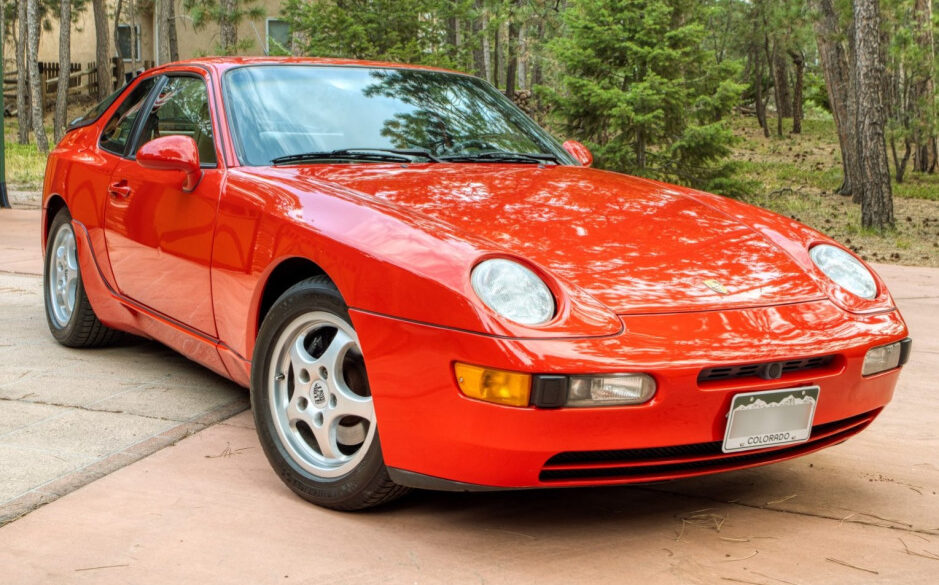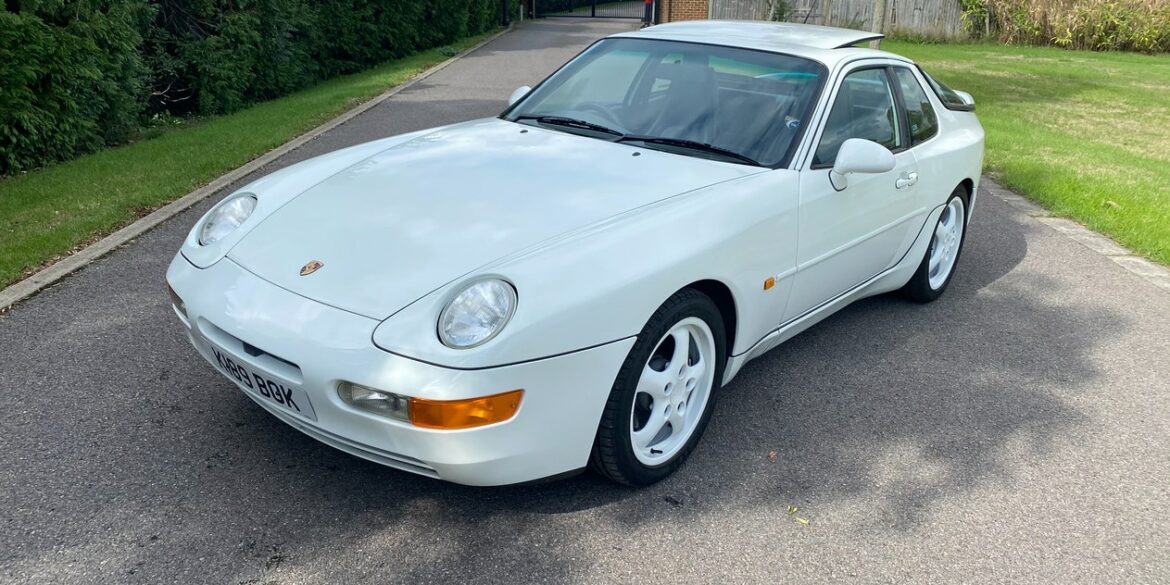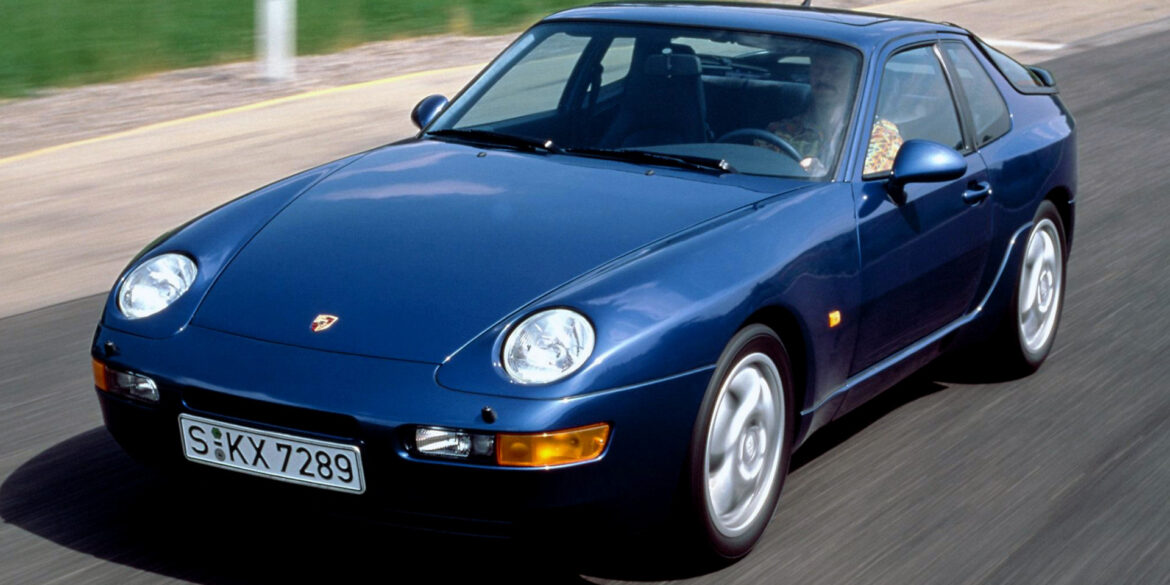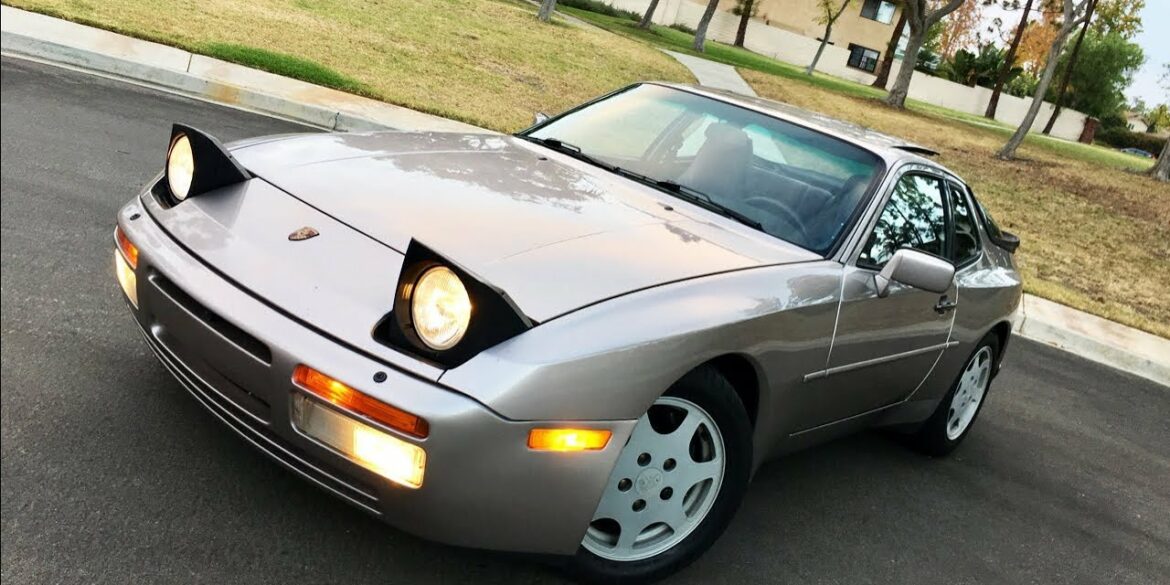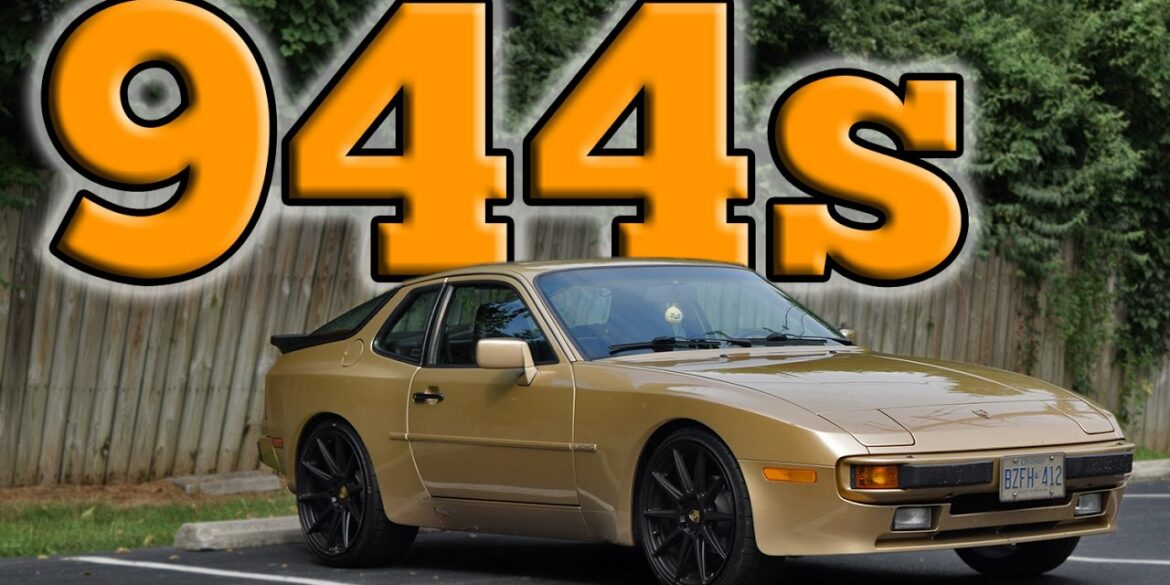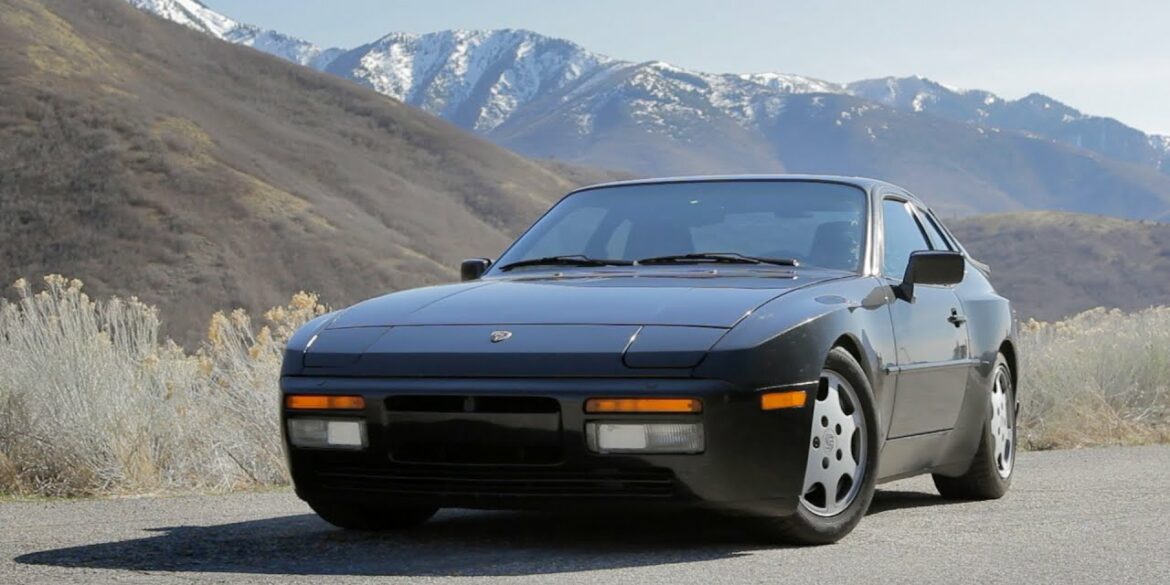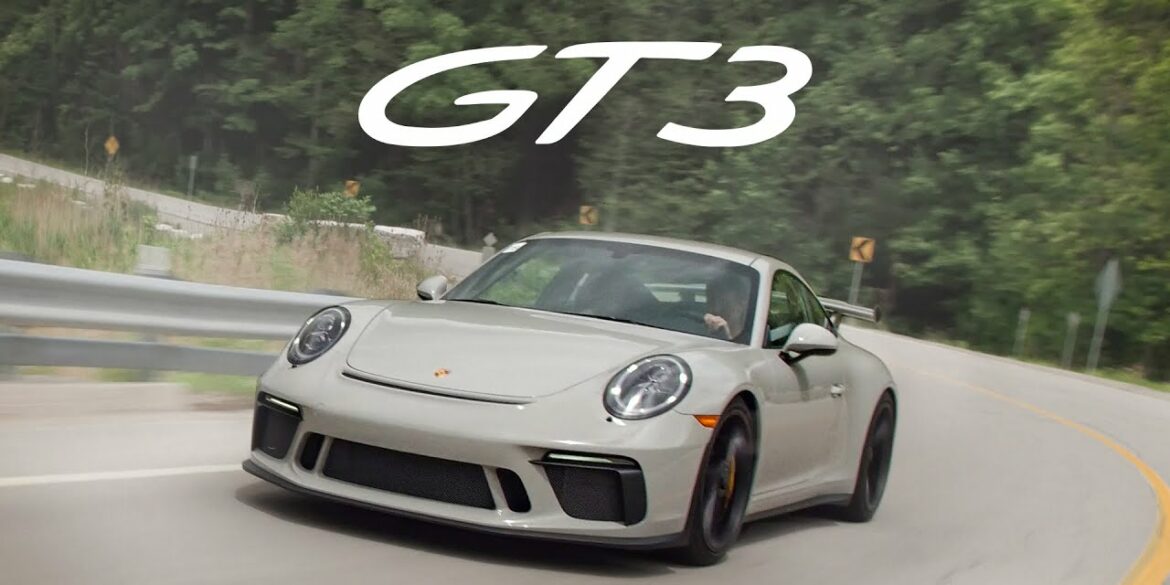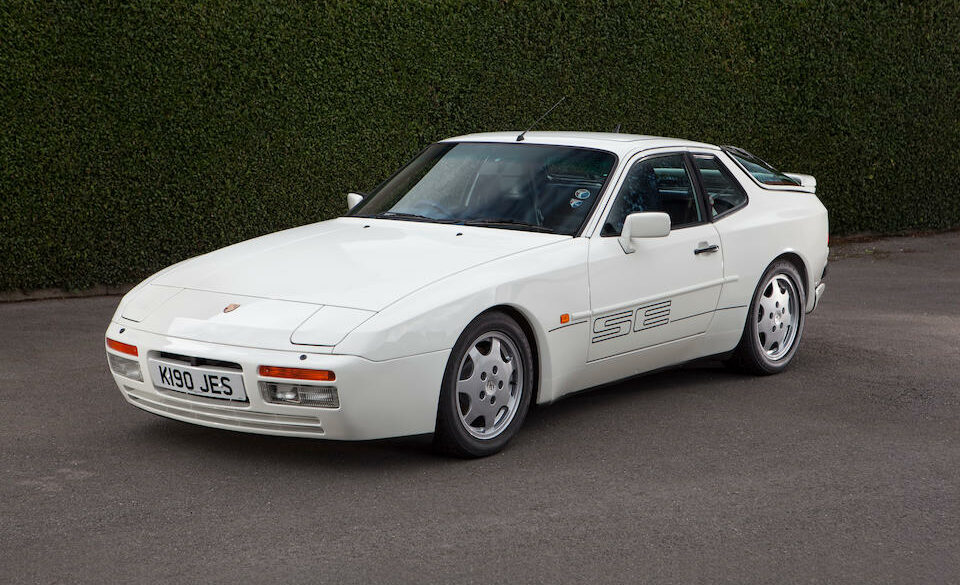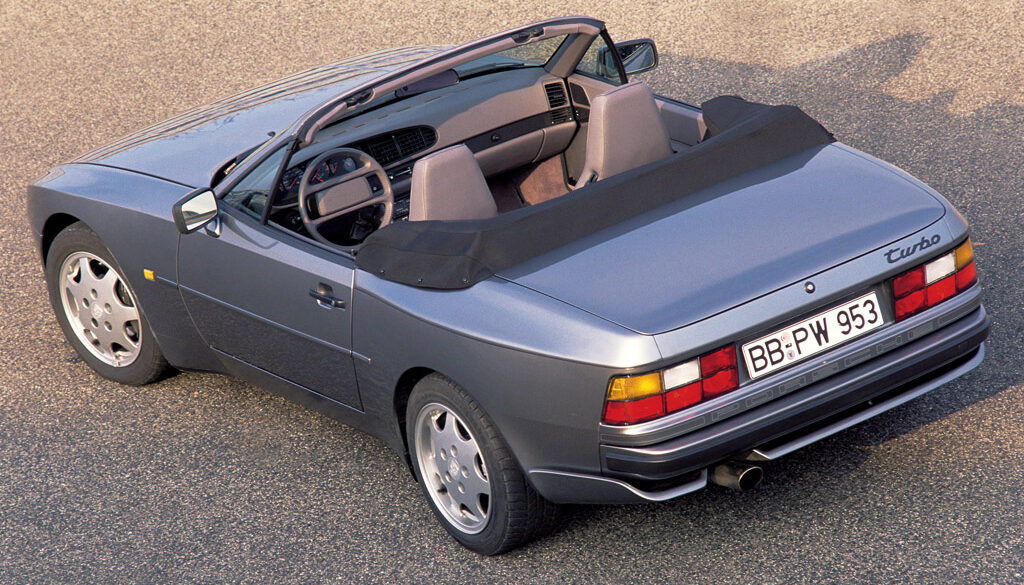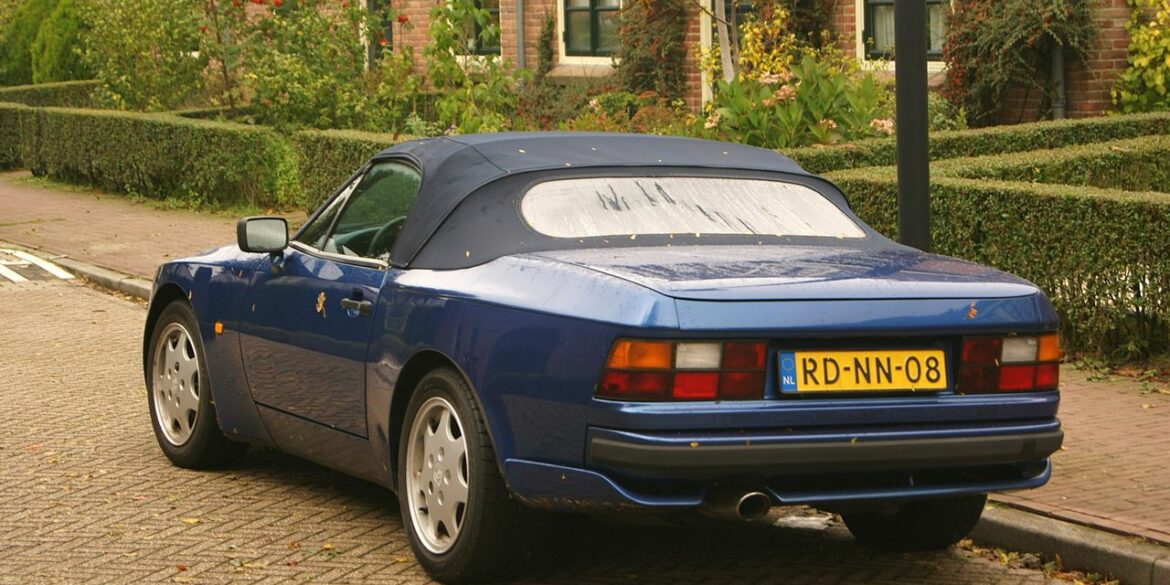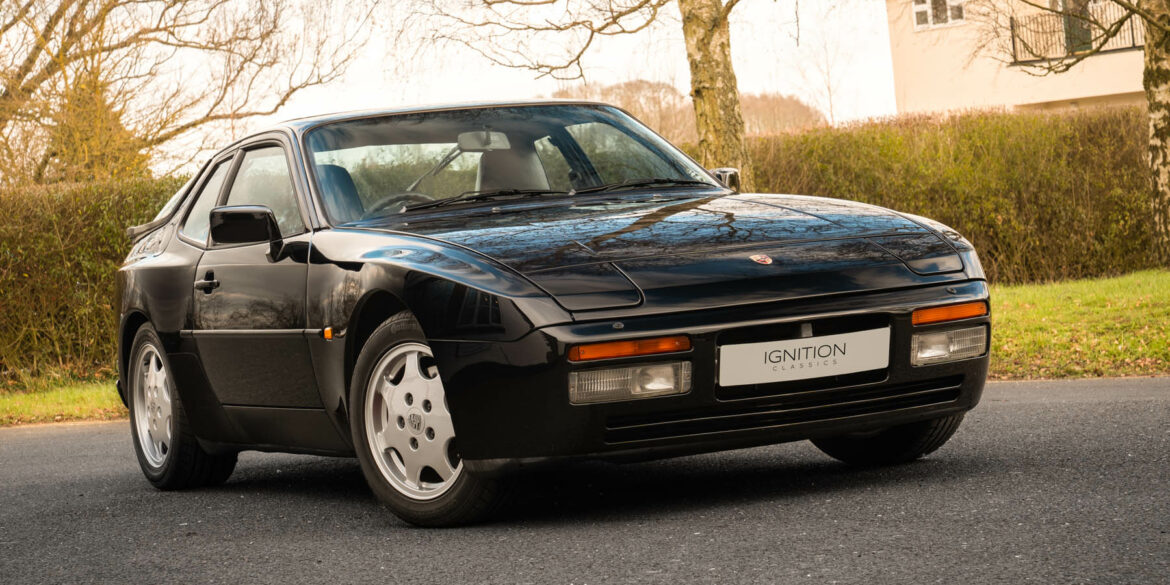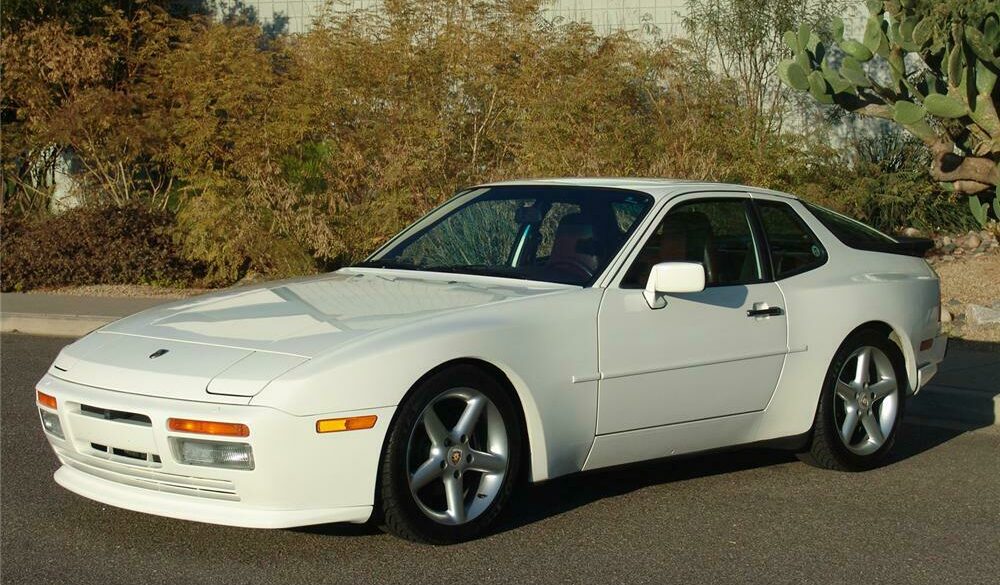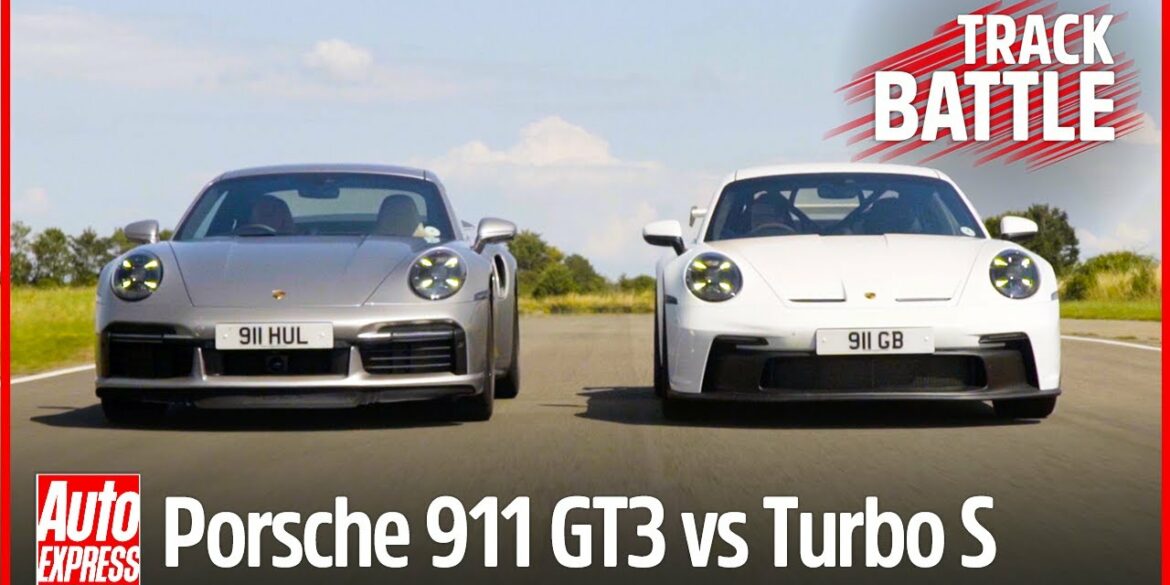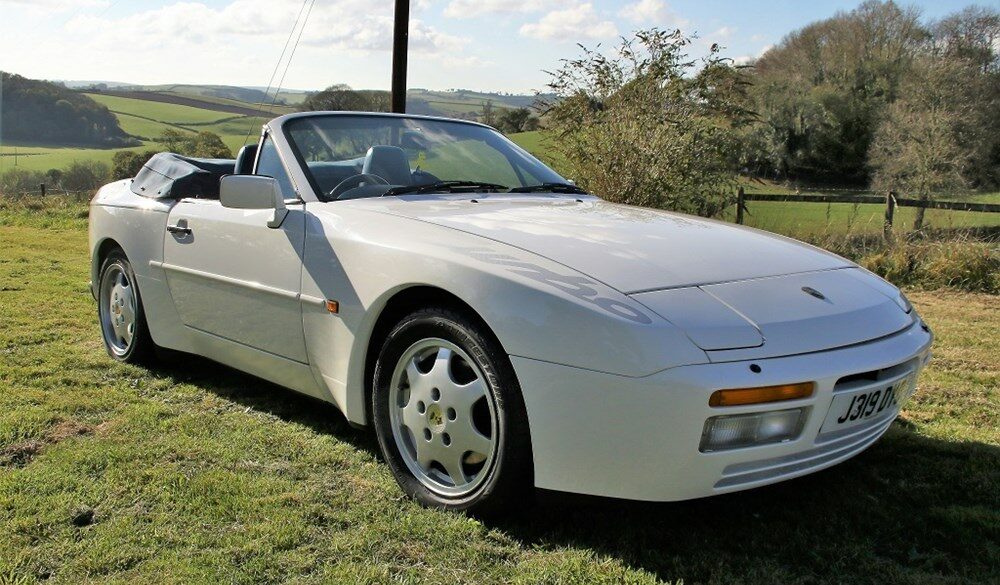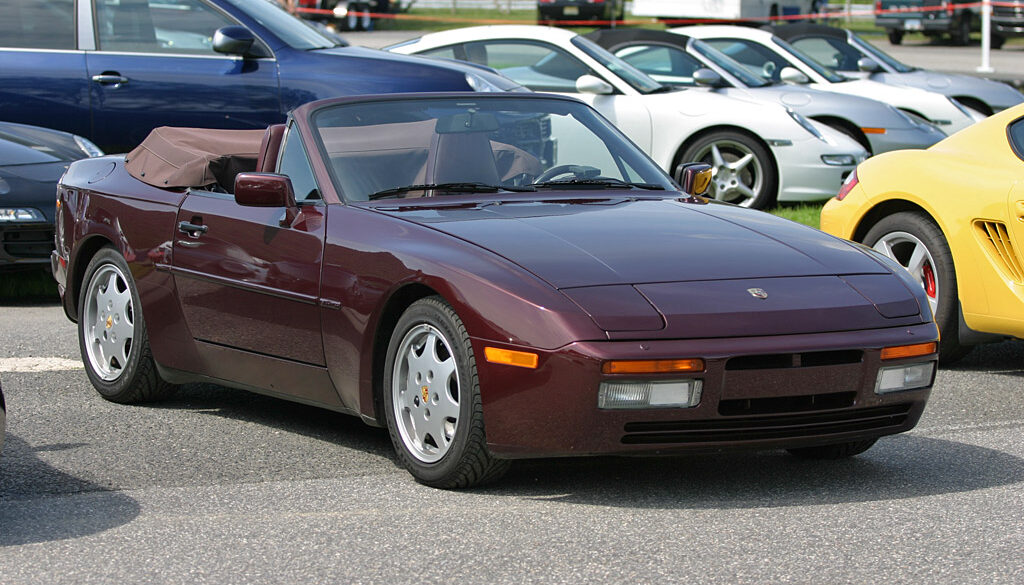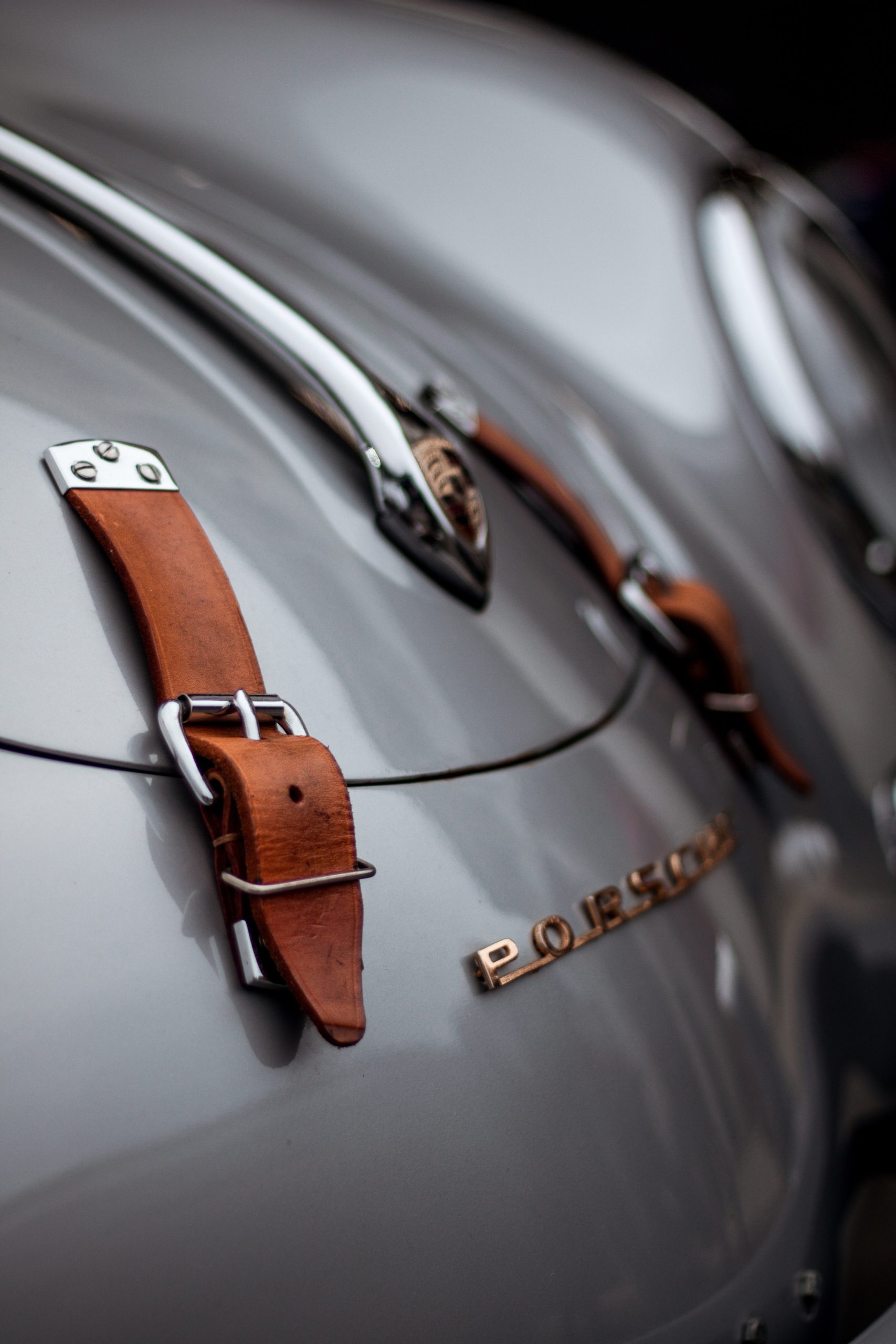The biggest change for the 2013 Panamera S was under the hood, where a twin-turbo 3.0-liter V6 engine was installed. It replaced the older 4.8-liter naturally aspirated unit. It was a win-win combination since it offered 20 hp more and it was more fuel-efficient. Unlike its predecessor, it was available exclusively with a 7-speed automatic (PDK – dual-clutch). Overall, a great update and almost the perfect passenger car.
JoinedMay 4, 2021
Articles3,519
Comments2
I am an Aussie boy, born and raised in Sydney who has now been living in my adopted hometown of New York since 2004. I never say NO to beer or pizza and love my wife and our three little boys. I'm an obsessed car nutcase. I talk about cars all day long. I have been into Porsches, Ferraris and every other cool carmaker since as far back as I remember. Back in 2013 I partnered up with some friends to acquire and operate some of my favorite automotive sites on the planet and Stuttcars was one of those sites. I hope to be a great steward of the brand.
The big focus for the Panamera Diesel update was around the engine. It got a completely new 300-bhp engine and dynamic performance package. Power output was up by 50 bhp (around 20% increase) with performance improved across the spectrum. Acceleration from 0 - 60 mph is now 6.0 seconds, while the top speed has increased to 178 mph. In addition to the improved power output, dynamic performance was also optimized: For instance, the Porsche Panamera Diesel now features the controlled rear-axle differential lock with Porsche Torque Vectoring Plus (PTV+) as standard for the first time.
The Panamera received a fairly substantial mid-cycle update for 2014. The base engine, installed in the Panamera version, was an upgraded version of the previously used 3.6-liter V6. For the 2014 model year, it was mated exclusively with a 7-speed (PDK – dual-clutch) automatic gearbox and the 6-speed manual was dropped. It also gained some extra horses. The power of the V6 engine in the Panamera increased ten hp (eight kW) to 306 bhp @ 6200 rpm and 295 ft lbs @ 3750 rpm of torque.
The 2014 Panamera lineup was given a great refresh. The base engine, installed in the Panamera 4 version, was an upgraded version of the previously used 3.6-liter V6. For the 2013 model year, it was mated exclusively with a 7-speed (PDK – dual-clutch) automatic gearbox and the 6-speed manual was dropped. It also gained some extra horses. The power of the V6 engine in the Panamera increased ten hp (eight kW) to 306 bhp @ 6200 rpm and 295 ft lbs @ 3750 rpm of torque.
The Turbo S featured the same 4.8-liter bi-turbo engine from the Turbo version, but with a new engine management system and improved turbochargers. The result was a 550 hp beast that could blast most of the supercars on the road with a 0-100 kph (0-62 mph) time of 3.8 seconds. It's all-wheel-drive and the Sport Chrono Package Turbo were standard features.
The Porsche Panamera S Hybrid marks the beginning of a new chapter of Porsche Intelligent Performance, continuing the success story of the four-door Gran Turismo. Not only is the new model the most economical Porsche of all time, it also outperforms by a mile all full hybrid production cars of its class, the luxury class, in terms of consumption and CO2 emissions. And at the same time, without any restrictions, it offers the sporty, exclusive character and custom comfort so typical of this unique Porsche Gran Turismo family.
In May 2011, Porsche unveiled the diesel version for its four-door Panamera. With the introduction of that version, it switched from a road runner to a long cruiser luxury sports-sedan. Porsche didn't want to lose that market and decided to offer a diesel version for the Panamera. Since the car was designed for long travels, a diesel engine would give it a range of over 1200 km (746 miles). After the initial shock of its regular customers, soon the orders started to pick-up.
The Panamera 4 was the entry-level all-wheel-drive version for the Panamera, the long-waited four-door Porsche. The Panamera's headlights resembled those installed on the Cayenne. The profile resembled an elongated 911 or the 989 concept-car. On the front fenders, two vents were used to extract the air within the wheel-well and decrease the front-lift effect. In the back, the taillights resembled those found in the Cayman. In the back, on the trunk-lid, a retractable wing was installed. It was automatically extended at speeds over 120 kph (74.5 mph).
The entry-level Panamera featured a 3.6-liter V6 engine carried-over from Audi. It was paired as standard to a 6-speed manual. A 7-speed PDK (dual-clutch) was on the options list. The base-model Panamera and Panamera 4 were introduced in 2010. While it came later than the initial variants, the base Panamera was no second class car. As a everyday passenger car it was plenty powerful with great luxury and plenty of standard features.
3rd Generation Porsche Cayenne (9YA) Story & History Cayenne (2019 – Present) Date of unveil by Porsche AG: 2017 August 29 / Premiere: 2017 August 29 in Stuttgart Porsche Museum / Market launch: end of 2017 Performance Data (9Y0) Performance Data (9Y3) * Sport Chrono Pack/Launch Control ** with...
2nd Generation Porsche Cayenne (958.2) Story & History Cayenne (2015 – 2018) Date of unveil by Porsche AG: 2014 July 24, Turbo S 2015 January 12 / Premiere: 2014 September 26 at Tartu Motoshow, Turbo S 2015 January 12 at NAIAS / World market launch: 2014 October 11 (as 2015...
2nd Generation Porsche Cayenne (958.1) Story & History Cayenne (2010 – 2014) Date of unveil by Porsche AG: 2010 February 25, Turbo S 2012 October 12 / Premiere: 2010 March 2 at Geneva Motor Show / World market launch: 2010 May 8, Turbo S 2013 January Performance Data Porsche 958...
The Porsche 911 GT3 Touring Is Perfect Does it get much better than this for a supercar that offers so much? I’m in love....
The Cayenne GTS is the hair-splitter’s latest achievement. It’s a Cayenne powered by the same 4.8-liter V-8 as seen in the Cayenne S but tuned for an additional 20 horsepower and 11 pound-feet of torque to make 420/380. It wears a body similar in style to the Cayenne Turbo, meaning a domed hood, blacked-out trim, and body-color fender extensions and side skirts. And it’s loaded with standard performance gear that is optional on lesser Cayennes. What isn't there to like?
M5 vs 911 Turbo Drag Race The 2022 BMW M5 CS ($170,800 CAD as specced, ~$143,000 USD) is an absolute rocket in a straight line. But today it has some serious competition – the current Porsche 911 Turbo ($198,400 CAD, $174,300 USD). We already know that BMW fib about their...
Top Speed In A 992 GT3 – Turn Up the Volume...
PDK vs Manual 992 GT3 – Which Is Better We are back in North Cumbria for a very special episode on Driving Venture. This time we are reviewing the brand new 992 GT3 in both the PDK & Manual transmission! A huge thank you to the owners for providing us with...
Epic Road and Track Test The new, 992-generation Porsche 911 GT3 is one of the best road-going Porsche’s ever built. But is that enough to see off one of the most competent Lamborghini’s in recent memory – the wild, 601 bhp Huracán EVO RWD? Steve Sutcliffe drives both on some...
Car and Driver said "It isn't really a coupe, but this 541-hp fastback SUV is the same awesome Cayenne Turbo underneath—with a sexier backside". We agree. Here's what you need to know. With its 541-hp twin-turbo 4.0-liter V-8, eight-speed automatic transmission, and all-wheel drive, the new fastback version of Porsche's largest SUV is mechanically identical to the conventional Cayenne Turbo SUV, and the two vehicles feel exactly the same from behind the wheel.
Its top model was the Cayenne Turbo, with 550 hp under the hood. The third generation came to fix what its predecessor was criticized for: the exterior design. While the second generation featured some details that could remind of a Hyundai, the third generation was completely new from tip to toe. Under the hood, the Cayenne Turbo featured a 4.0-liter V8 unit with two turbochargers. It was mated as standard to an eight-speed automatic transmission.
The V8 is back in the Cayenne GTS after a break for the second generation (it got a twin-turbo V6). The Cayenne GTS is now also available in the new "Coupe" body style. A twin-turbocharged 4.0-liter V8 is good for 453 horsepower and 457 lb-ft of torque. Zero to 60 mph takes a claimed 4.2 seconds if the Sport Chrono package is fitted, and top speed rises to 168 mph. he only transmission available is an eight-speed automatic. This is one sweet ride.
The 434-hp Cayenne S goes from 0 - 60 mph in just 4.2 seconds. Its twin-turbocharged 2.9-liter V-6 helps it to crush the quarter-mile in just 12.8 seconds. Perhaps even more impressive is that the on the optional 21-inch Pirelli P Zero summer tires, the Porsche has a 0.93 g of cornering grip. This is basically a sports car in an SUV body. The Cayenne's dynamic excellence is unmatched in the segment. Easily the best SUV on sale today.
The E-Hybrid version of the current Cayenne came in 2018. Porsche used the same platform as the Bentley Bentayga and the Lamborghini Urus for the third generation of the Cayenne. This platform was designed from the beginning to accept a hybrid version. It also featured a rear-axle steering system which really helps with low speed turning and cornering at speed.
The third generation of the Porsche Cayenne was unveiled in August 2017. The third generation Cayenne is built on a totally new platform, shared with SUVs like the Bentley Bentayga and Lamborghini Urus. It was fitted with important technical upgrades, such as the rear-axle steering system, which allowed a better cornering speed and an easier parking maneuver.
The Cayenne S diesel earns the “S” by way of a twin-turbocharged 4.2-liter diesel V-8 engine that pumps out a prodigious 382 hp and 627 lb-ft of torque. By comparison, the non-S Cayenne diesel’s 3.0-liter V-6 spits out a relatively puny 240 hp and 406 lb-ft of twist. Interestingly, the S diesel gets Porsche’s engine stop-start system standard; here in the U.S., the fuel-saving feature isn’t available on the pedestrian Cayenne diesel.
The Cayenne S diesel earns the “S” by way of a twin-turbocharged 4.2-liter diesel V-8 engine that pumps out a prodigious 382 hp and 627 lb-ft of torque. By comparison, the non-S Cayenne diesel’s 3.0-liter V-6 spits out a relatively puny 240 hp and 406 lb-ft of twist. Interestingly, the S diesel gets Porsche’s engine stop-start system standard; here in the U.S., the fuel-saving feature isn’t available on the pedestrian Cayenne diesel.
The facelifted version of the Porsche Cayenne was introduced in 2014 and it received a restyled design, new features, and, most important, upgraded engines, such as the V6 diesel version. The V6 diesel version played an important role in this and Porsche decided to keep it in the stable. Along with the facelifted version of the second generation Cayenne, a new V6 diesel was installed. Under the hood, the 2014 Cayenne Diesel offered an enhanced version of the 3.0-liter V6 diesel unit.
The V6 diesel engine was the same unit found in the other Volkswagen group models. The 3.0-liter unit offered 240 hp. It was mated as standard with an 8-speed automatic gearbox. Cayenne Diesel Turbo 3.0 176 kW for 2011 model year. In 2012, power increased to 180 kW. 2013 saw the launch of the Cayenne Diesel S Turbo 4.1 281 kW version. The Cayenne Diesel with its 240 bhp is hardly a top performer.
The Turbo S version was the sportiest version for the second generation of the Porsche Cayenne and, along with the rest of the stable, it received a facelift for the 2015 model year. The revised engine offered 20 hp more than its predecessor. It was the same twin-turbo 4.8-liter V8 unit and it was paired to an 8-speed auto and like the Turbo, it was offered with a standard air-suspension but adds Ceramic Brakes system.
As the flagship of the Cayenne army, the Turbo S was well received by those who were looking for a faster SUV. And it wasn't only the speed, but also the cornering speed that the Turbo S was capable of. The engine was based on the 4.8-liter V8 unit installed in the Cayenne S and Cayenne Turbo, but with a higher compression ratio that led to 50 more hp. The standard transmission was an 8-speed Tiptronic S.
The second generation of the Porsche Cayenne was launched at the 2010 Geneva Motor Show. It was a big improvement over its predecessor and featured an evolved design. For the engine, the Cayenne Turbo featured a 4.8-liter V8 unit which offered 500 hp. For the transmission, the 2010 Cayenne lost the low-range transfer case. The standard transmission was an 8-speed Tiptronic gearbox. All-wheel drive was installed standard as well. Other new improvements led to a decrease in the overall weight by 180 kg (400 lbs).
Named after the 7200km intercontinental rally which the Cayenne won in 2007, the Porsche Cayenne S Transsyberia Special Edition offers a number of enhancements. It takes the 4.8-liter V8 unit that develops 405bhp and 500Nm of torque from the range topping GTS allowing the model to drop its base 0-60 mph time down by 0.5 seconds to 6.1 seconds. It is mated to a six-speed manual gearbox (automticac optional), with a 4.1:1 drive ratio and air suspension coupled with PASM.
The Cayenne S Titanium Edition was designed specifically for the U.S. and Canadian markets. Introduced only for 2006 (as a pre-GTS concept), it was a 1 year exclusive, limited production SUV featuring a lightweight steel body, aluminium hood, titanium-painted accented body parts, side lower rocker body panels, Sport-Quad Tip Exhaust chrome tailpipes, 19" titanium painted alloy wheels, bi-xenon headlights, two-tone interior upholstery, Porsche PCM 2.0 w/ trip computer navigation, MP3 audio and Bose cabin surround sound.
The Cayenne Turbo facelift was introduced in 2014 as a 2015 MY. Think of it as an enhanced version of the non-facelifted version. It offered the same torque as the non-facelifted Cayenne Turbo S, but less power. Under the hood, the revised engine offered 20 hp more than its predecessor. The exterior of the 2015 Cayenne was enhanced with a sharper design and clear lines. The front fenders, the grille, and the headlights were entirely new, with LEDs.
Porsche made things more interesting with the launch of a Turbo S version in 2006 to compete with the Mercedes-Benz ML 63 AMG. The Turbo S is powered by a twin-turbocharged 4.5 L V8 that produces 521 PS (383 kW; 514 hp) and 720 N⋅m (530 lb⋅ft) of torque; Acceleration from 0–60 mph (97 km/h) takes 5.0 seconds and the top speed is 171 mph (275 km/h); It features a six-speed automatic Tiptronic transmission.
For the 2015 facelift, the Cayenne GTS was improved in every way, offering better performances and lower fuel consumption. But unlike the rest of the range, it offered a sportier look. That side was reserved for the GTS, which took its badge from the 1963 Porsche 904 GTS. It was the first Porsche to revive that acronym.
The exterior of the 2014 Cayenne Hybrid was slightly different than the rest of the range. From the 4-LED daytime running lights and the green brake calipers to the special light-alloy wheels. The rear roof-spoiler was standard as well. Unusual though, even if the German SUV was a plug-in hybrid, it featured four round exhausts. The engine was a 3.0-liter supercharged V6 which offered 333 hp. It was helped by a 95 hp electric motor.
The absolute highlight of this new generation is the world debut of the Cayenne S Hybrid with its technically highly sophisticated parallel full hybrid drive and fuel consumption in the New European Driving Cycle of just 8.2 litres/100 kilometres (equal to 34.4 mpg imp), which means CO2 emissions of just 193 g/km. The Cayenne S Hybrid therefore combines the performance of an eight-cylinder with the economy of a six-cylinder running on much less fuel.
The Cayenne S gains V-6 power during its midcycle update. Porsche advertises more power und more efficiency—the new motor is up 20 horsepower to 420. Torque is a healthy 406 lb-ft, but the turbo-six lacks the personality of the V-8. Which, as V-8s go, was quite nice if rather generically Teutonic. Like, perhaps the iron-fisted Swabian middle manager of V-8s. It keeps the 8-speed automatic. Porsche claims that it has made interior revisions, but the innards look pretty much the same to us, save for the new steering wheel.
Car and Driver said:' "More horsepower and less weight add up to a winning combo in the Cayenne S". We agree. Alongside the weight loss and the striking new exterior and interior design, Porsche got an extra 15 hp from the Cayenne S’s naturally aspirated 4.8-liter V-8. A new transmission with two more forward ratios (now an 8-speed) transforms the drive. Cayenne S hits 60 mph in 5.5 seconds and clear the quarter-mile in 14.1 at 101 mph.
In July 2014, Porsche launched a facelifted Cayenne range for the 2015 model year. Minor exterior alterations and new power-train options. For the base Cayenne, there was a a mildly revised exterior and interior inspired by the 918 Spyder. Two new interior colors, Carrara White and Palladium Metallic, are new while the two-tone black/beige upholstery is now a no cost option. Dark walnut is also a new addition to the available interior accents. The suspension on all Cayennes has also been revised.
The second-generation Cayenne moved the game on for SUVs. It has a nicer design, more powerful engines and much nicer interiors. The base V6 Cayenne was good for 299 hp @ 6,300 rpm and 295 ft lbs of torque. Acceleration was decently brisk with 0 - 60 mph over in 7.5 seconds and top speed of 143 mph. The car was slightly longer, wider, and higher than its predecessor. All new models shared the new headlight graphics with additional lights at the inside so unmistakably Porsche.
1st Generation Porsche Cayenne (957) Story & History Cayenne (2007 – 2010) Unveil of official photos: 2006 December 4 / Premiere: 2007 January 8, press event before North American / International Auto Show in Detroit / Market launch: 2007 February 24 The 2007 model year was skipped for the Cayenne...
1st Generation Porsche Cayenne (955) Story & History Cayenne (2002 – 2006) Unveil of official photos: 2002 March 4 / Premiere: 2002 September 25 at Paris motor show press day / Market launch: 2002 December Performance Summary Weight here is DIN weight (90% of fuel, no driver, no cargo). Weight...
The Gunther Werks 993 The Drive returns to the Gunther Werks headquarters to get an insider’s look at the new tech going into the company’s next-generation “remastered” Porsche 911 993 Projects like the new Speedster. This car, the company’s “Greenwich” commission, did just over 1:30 around Laguna Seca, which is excellent...
The European market asked for a diesel engine and the car-maker had to deliver it to keep the sale up in a struggled market affected by the world financial crisis. The engine was a carry-over from the Audi line-up, with a variable turbocharger system and a 3.0-liter displacement. It offered 240 hp and it was tuned to offer more performance. For instance, at hard accelerations, the system disengaged the AC compressor until the engine reached 2500 rpm.
An exclusive limited edition Cayenne GTS “Porsche Design Edition 3”. Limited to just 1,000 units worldwide, the limited edition Cayenne adds equipment and Porsche Design styling touches to stand out from the crowd. Distinguishing the special edition model is a Lava Grey paint scheme, extended roof spoiler, racing stripes, and 21in alloy wheels in a matching anthracite finish. This special edition looks the goods, but sadly there were no mechanical changes to differentiate it from the core GTS.
The Cayenne Cayenne GTS was fitted with a 4.8-liter V8 unit, which developed 405 hp. Unlike the Turbo, it was offered with a 6-speed manual as well, while the Tiptronic S (automatic) 6-speed transmission was on the options list. This was the true enthusiasts SUV and the sweet spot in the Cayenne lineup. It also looked great with the black accents and more agressive touches throughout the exterior.
The 2008 model year marks the launch of updated Porsche Cayenne. With a striking new face that features a dramatic new headlight design and with a wide and muscular new body accented by broad wheel arches, the 2008 Porsche Cayenne's newly sculpted sheetmetal provides vivid visual testimony to the vehicle's enhanced technical features. Inside, the interior has received an important update with new infotainment unit, new gauges and more.
The first-generation Cayenne was what saved Porsche. The based Porsche Cayenne 955 entered the market to a mixed reception, although it was the performance vehicle among SUVs and had comparably good handling as well as powerful engines.[3] The lineup initially consisted of the V8-powered Cayenne S and Cayenne Turbo. Later in the model cycle, VR6 and diesel-powered versions joined the lineup. The base model is powered by a VW 3.2-L VR6 engine producing 250 PS (184 kW; 247 hp). The engine is largely the same as the VW engine.
The entire Cayenne range got a 2008 facelift. The big changes were cosmetic, with Porsche getting rid of the Porsche 996-inspired headlights and sharpening up the Cayenne S lines. A new, vertical, daytime running light appeared on the outer side of the side-scoops and the center grille was smaller. The Cayenne S started to better develop its own unique personality with the 17” light-alloy wheels fitted as standard. The Cayenne S also got cool exhausts.
The first-generation Cayenne saw the introduction of the Cayenne S in 2002. While the base Cayenne had a 3.2-L VR6 engine, the Cayenne S got a 4.5 L V8 with more power and torque. The extremely short and compact normal-aspirated V8 produced 340 hp and 310 lb⋅ft of torque. Acceleration for the Cayenne S is strong for an SUV, with 0–60 mph taking 6.9 seconds and the top speed being 150 mph. The Cayenne S also have some visual changes to better identify it, but was otherwise standard Cayenne fair.
The facelift for the flagship Cayenne came in 2008. The Porsche Cayenne Turbo S is the most powerful Cayenne ever built. Sharing the same essential 4.8-liter V8 engine as the Cayenne S, GTS and Turbo, the Turbo S got 550 horsepower and 553 lb.-ft. of torque. That's a ten percent increase in power and a seven percent boost in torque over the Cayenne Turbo. 0 to 60 mph is over in 4.7 seconds on its way to a track-proven top speed of 174 mph. Like the Cayenne S and Cayenne Turbo, the Turbo S comes standard with a six-speed Tiptronic S driver-shiftable automatic transmission.
The facelift for the first generation of the Cayenne was introduced in 2007. More powerful in every respect - that is how the new generation of the Porsche Cayenne entered the market. New striking face upfront on a wide and muscular body, with headlights in brand-new design, and with broader, even more powerful-looking wheel arches. The Turbo model 957, featuring a larger 4.8-L engine with 49 hp more power, 0–60 mph time of just 4.9 seconds.
Porsche GT2RS vs 959 Video The GT2RS and 959 represent the top of Porsche’s line-up, 30 years apart. We had the rare opportunity to drive them back to back in a comparison we’ve never seen and never thought we’d get to do....
Top Gear 1980s Supercar Powertest Top Gear gives use the drag race that every ’80s Porsche and Ferrari fan dreamed of. Two legendary supercars and a drag strip. Who will win?!...
1988 Porsche 959 – Jay Leno’s Garage Could the Porsche 959 be the best car of the 1980’s? Jay and Alex Grappo of Drive Coffee dissect all the technology and features that Porsche engineered into this legendary homologation car....
Porsche 959 Reviewed by Petrolicious This week we head a few hours north of our Los Angeles HQ to catch up with Bruce Canepa and one his Porsche 959. It’s one of the rarest cars to wear the company’s crest, but he’s certainly no stranger to the thing—after spending over...
Porsche 959 Reviewed by Doug DeMuro The Porsche 959 is one of the most famous Porsche models of all time — and the 959 is one of the most famous cars from the 1980s. Today I’m reviewing the Porsche 959 to show you the details of one of the world’s...
Porsche 959 History & Story 1985-1988, 1992-1993 Premiere of concept car: 1983 September 15, IAA Frankfurt motor show Premiere of rallye car: 1985 January with 911 engine, 1985 October with 959 engine Premiere of street car: 1985 September 12, IAA Frankfurt motor show Starting from January 1982, the World Rally Championship was run...
Old School Twin Turbo Flat-Six Noises! In today’s video I’ll take you onboard a gorgeous 2009 Porsche 911 997 GT2 ClubSport fitted with Capristo exhaust system. This thing is an absolute monster, a true driver’s car!...
Porsche 959 Vs Ferrari 288 GTO The Porsche 959 is one of the rarest, greatest supercars ever made and was one of the original bedroom poster cars. We took a look at its past, at its Group B origins and took it for a spin. Part 1 Part 2 ...
Porsche 959 In Depth Video The Porsche 959 is one of the rarest, greatest supercars ever made and was one of the original bedroom poster cars. We took a look at its past, at its Group B origins and took it for a spin....
1986 – 1988 Porsche 959 Sport Technical Specifications price $ $225 000 USD engine Twin-Turbo Flat 6 valvetrain DOHC 4 Valves / Cyl displacement 2849 cc / 173.9 in³ bore 95.0 mm / 3.74 in stroke 67.0 mm / 2.64 in compression 8.3:1 power 508 bhp @ 6500 rpm specific...
1986 – 1993 Porsche 959 Komfort Technical Specifications price $ $225 000 USD engine Twin-Turbo Flat 6 valvetrain DOHC 4 Valves / Cyl displacement 2849 cc / 173.9 in³ bore 95.0 mm / 3.74 in stroke 67.0 mm / 2.64 in compression 8.3:1 power 335.6 kw / 450.0 bhp @...
AutoTrader Pits the Audi RS E-Tron GT vs the Porsche Taycan Turbo Rory pits the Audi RS E-Tron GT against its arch rival (or is that arch relative?) the Porsche Taycan Turbo to discover which has the best performance, design, range, value, and which is the most fun to drive!...
Porsche 968 Club Sport (1994) – track weapon or old duffer? Is the Porsche 968 Club Sport really as good as everyone says? This week TheCarGuys get to spend a week with Ashgood Classic and Sportscars’ white and red 99k mile example – a car neither have driven before. Is it...
1994 Porsche 968 Coupe: Driving the last 4-cylinder Transaxle Porsche The 968 was the ultimate evolution of Porsche’s 4-cylinder transaxle series of sports cars that began on the mid-’70s with the 924, which evolved into the 944 and then the 968....
POV Driving in a Porsche 968 Tedward takes us in the forgotten Porsche. The 1995 968 6 speed Manual....
Porsche 968 Clubsport Video The Porsche 968 Clubsport is a rare and unusual car — and it’s unknown to most people, even Porsche enthusiasts. Today I’m reviewing the 968 Clubsport, and I’m going to show you all around the “GT3” version of the Porsche 968. I’m also going to drive...
Porsche 968 Engine Codes...
Porsche 968 Paint Color Options & Samples This post outlines all the color options for the Porsche 968 over its production life. We have official books and catalogs of all the color options for the Porsche 968 over the years. Porsche 968 Colors (All Years) This is the most important...
Porsche 968 Production & Sales Units The Porsche 968 sold poorly, with only 12,780 units produced (compared to 170k+ 944s) across its production run from 1992 till 1995. The coupe outsold the convertible as expected and the 968 CS also sold well. Given just how great this car was, it...
1994 Porsche 968 CS Coupe Technical Specifications Engine Type Inline 4 Induction Normally-Aspirated Cooling Water-cooled Valvetrain Double overhead camshafts Injection Port injection Bore X Stroke 4.09 in/104 mm x 3.46 in/88 mm Displacement 182.39 cu-in/2,990 cc Horsepower 236 bhp @ 6200 rpm Torque 225 lb-ft @ 4100 rpm Max Rpm...
A UK-only version called "968 Sport", was offered in 1994 and 1995, and was essentially a Club Sport model (and was produced on the same production line with similar chassis numbers) with power windows, electric release boot, central locking, cloth comfort seats (different from both the standard and the Club Sport). The Sport variant also got back the two rear seats, again in the cloth material specific to the Sport.
1993 Porsche 968 Turbo RS Technical Specifications Engine Type Inline 4 Induction Turbocharged Cooling Water-cooled Valvetrain SOHC 2 valves per cylinder Injection Port injection Bore X Stroke 4.1 in/104 mm x 3.5 in/88 mm Displacement 3000 cc / 183.07 in³ Horsepower 350 bhp @ 5400 rpm Torque 369 ft lbs...
1993 Porsche 968 Turbo S Technical Specifications Engine Type Inline 4 Induction Turbocharged Cooling Water-cooled Valvetrain SOHC 2 valves per cylinder Injection Port injection Bore X Stroke 4.09 in/104 mm x 3.46 in/88 mm Displacement 182.39 cu-in/2,990 cc Horsepower 304.9 bhp @ 5400 rpm Torque 368.8 ft lbs @ 3000...
1993 Porsche 968 CS Coupe Technical Specifications Engine Type Inline 4 Induction Normally-Aspirated Cooling Water-cooled Valvetrain Double overhead camshafts Injection Port injection Bore X Stroke 4.09 in/104 mm x 3.46 in/88 mm Displacement 182.39 cu-in/2,990 cc Horsepower 236 bhp @ 6200 rpm Torque 225 lb-ft @ 4100 rpm Max Rpm 6700...
1995 Porsche 968 Cabriolet Technical Specifications Engine Type Inline 4 Induction Normally-Aspirated Cooling Water-cooled Valvetrain Double overhead camshafts Injection Port injection Bore X Stroke 4.09 in/104 mm x 3.46 in/88 mm Displacement 182.39 cu-in/2,990 cc Horsepower 236 bhp @ 6200 rpm Torque 225 lb-ft @ 4100 rpm Max Rpm 6700 Compression...
1994 Porsche 968 Cabriolet Technical Specifications Engine Type Inline 4 Induction Normally-Aspirated Cooling Water-cooled Valvetrain Double overhead camshafts Injection Port injection Bore X Stroke 4.09 in/104 mm x 3.46 in/88 mm Displacement 182.39 cu-in/2,990 cc Horsepower 236 bhp @ 6200 rpm Torque 225 lb-ft @ 4100 rpm Max Rpm 6700 Compression...
1993 Porsche 968 Cabriolet Technical Specifications Engine Type Inline 4 Induction Normally-Aspirated Cooling Water-cooled Valvetrain Double overhead camshafts Injection Port injection Bore X Stroke 4.09 in/104 mm x 3.46 in/88 mm Displacement 182.39 cu-in/2,990 cc Horsepower 236 bhp @ 6200 rpm Torque 225 lb-ft @ 4100 rpm Max Rpm 6700 Compression...
1992 Porsche 968 Cabriolet Technical Specifications Engine Type Inline 4 Induction Normally-Aspirated Cooling Water-cooled Valvetrain Double overhead camshafts Injection Port injection Bore X Stroke 4.09 in/104 mm x 3.46 in/88 mm Displacement 182.39 cu-in/2,990 cc Horsepower 236 bhp @ 6200 rpm Torque 225 lb-ft @ 4100 rpm Max Rpm 6700 Compression...
1995 Porsche 968 Coupe Technical Specifications Engine Type Inline 4 Induction Normally-Aspirated Cooling Water-cooled Valvetrain Double overhead camshafts Injection Port injection Bore X Stroke 4.09 in/104 mm x 3.46 in/88 mm Displacement 182.39 cu-in/2,990 cc Horsepower 236 bhp @ 6200 rpm Torque 225 lb-ft @ 4100 rpm Max Rpm 6700 Compression...
1994 Porsche 968 Coupe Technical Specifications Engine Type Inline 4 Induction Normally-Aspirated Cooling Water-cooled Valvetrain Double overhead camshafts Injection Port injection Bore X Stroke 4.09 in/104 mm x 3.46 in/88 mm Displacement 182.39 cu-in/2,990 cc Horsepower 236 bhp @ 6200 rpm Torque 225 lb-ft @ 4100 rpm Max Rpm 6700 Compression...
1993 Porsche 968 Coupe Technical Specifications Engine Type Inline 4 Induction Normally-Aspirated Cooling Water-cooled Valvetrain Double overhead camshafts Injection Port injection Bore X Stroke 4.09 in/104 mm x 3.46 in/88 mm Displacement 182.39 cu-in/2,990 cc Horsepower 236 @ 6200 rpm Torque 225 lb-ft @ 4100 rpm Max Rpm 6700 Compression Ratio...
1992 Porsche 968 Coupe Technical Specifications Engine Type Inline 4 Induction Normally-Aspirated Cooling Water-cooled Valvetrain Double overhead camshafts Injection Port injection Bore X Stroke 4.09 in/104 mm x 3.46 in/88 mm Displacement 182.39 cu-in/2,990 cc Horsepower 236 @ 6200 rpm Torque 225 lb-ft @ 4100 rpm Max Rpm 6700 Compression Ratio...
Porsche 968 History & Story The Porsche 944 S3 The successor to the Porsche 944 S2 was called 944 S3. The very good looking and ergonomic interior was already near perfect, so there were no plans to change that. The plan was to revamp the exterior design – to update...
1988 Porsche 944 Turbo S – One Take This 1988 Porsche 944 Turbo S (also referred to as 951) is one of the 380 special “Silver Rose” editions. It is a stock vehicle, well cared for, with over 195,000 original miles. To go from the regular 944 Turbo to the...
Regular Car Reviews – The Porsche 944 We review the over-hyped under-powered middle-child of the Porsche 944, the 944s. This hunk of self-congratulatory populism can’t move under the weight of all its fanboys and white knights. The 944 is a victim of it’s own fandom....
The best Porsche? How About the 944 The guys climb into a tuned 944 Turbo to kick off our new simpler-faster review series called “Fast Blasts”. As usual we enjoy some great mountain roads and talk about 944s in general as well as the changes this owner has done. Subscribe...
Porsche 944 Turbo – Fast Blast Review The guys climb into a tuned 944 Turbo to kick off our new simpler-faster review series called “Fast Blasts”. As usual we enjoy some great mountain roads and talk about 944s in general as well as the changes this owner has done. Subscribe...
One of the BEST Sportscars Money Can Buy We go for a drive in the 2018 Porsche 911 GT3. Our reviews give you two perspectives. Jakub takes the perspective of the car enthusiast, while Yuri represents the interests of the general consumer. You won’t find details about engine comp...
The 944 range officially ended production in July 1991. A dated range and slow sales wrote the obituary for the model, but in the UK, brand-new cars still languished at dealers well into 1993. A UK-only special edition was made in 1992 and it was called the Porsche 944 S2 SE. It was basically an S2 brought up to full specification, for less than the standard car. Very limited, only 15 were eventually made. Benefits listed include improved acceleration in higher rev range; flatter cornering due to stiffer springs and increased roll resistance...
The last iteration of the 944 Turbo was the 944 Turbo Cabriolet which was the 944 Turbo Cabriolet. This was a 944 Turbo S with a special cabriolet body made by the American Sunroof Company (ASC) of Weinsberg, Germany, who also made the bodies for the 944 S2 Cabriolet. 625 of the 944 Turbo Cabriolet were made with 100 being built with right hand drive and the remaining 525 being left hand drive.
The S2 was also available as a cabriolet, a first for the 944 line. The Cabriolet, engineered by American Sunroof Company, was rumored to be two years late in arriving on the market due to unprecedented chassis flex problems. The finished article, despite being 70 KG heavier than the coupe, displayed no obvious signs of such problems, and its clean lines found a place in many hearts.
The covers were lifted off the 944's next-generation model in early 1989, the stunningly contemporary 944 S2. Porsche, as a company, were heading into tough times and were relying on the 944 S2 and the new 911, the 964, to make enough money just to stay afloat. Porsche upped the performance of the 944 S2 thanks to an upgraded engine, a 3.0 liter version of the DOHC double valve four cylinder that was good for solid 208 hp. The 16-valve engine was bored out from 2.5 litres to 3.0 litres.
In 1987 Porsche debuted the 944 S, the “S” standing for “Super”. This “Super” Porsche 944 was fitted with a more high performance version of the naturally aspirated four cylinder engine. This engine version had dual overhead camshafts to operate the four valves per cylinder and a revised Motronic 2 engine management system with dual knock sensors to best handle the 10.9:1 compression ratio. Power was a comfortably adequate 187hp.
Which Porsche 911 Would You Choose? Which of the two most potent Porsche 911s on sale is quickest around a track? Steve Sutcliffe straps himself in for this track battle to find out. The Porsche 911 GT3 and Turbo S are two very different interpretations of a fast 911. The...
Porsche 944 VIN and Engine Numbers Our reader already know we have an in-depth VIN decoder for Porsche models, so this post is all about knowing what the VIN range for each model year of Porsche 944. Some important notes for the Porsche 944 VIN researchers out there are noted...
1988 Porsche 944 Turbo Cabriolet Technical Specifications Engine Type Inline 4 Induction Turbocharged Cooling Water-cooled Valvetrain Single overhead camshafts Injection Port injection Bore X Stroke 3.94 in/100.0 mm x 3.11 in/78.9 mm Displacement 151.22 cu-in./2,479 cc Horsepower 250 bhp @ 6000 rpm Torque 258 lb-ft @ 4000 rpm Max Rpm 6500...



